Factors to Consider While Choosing The Right Mode of Transport in Logistics
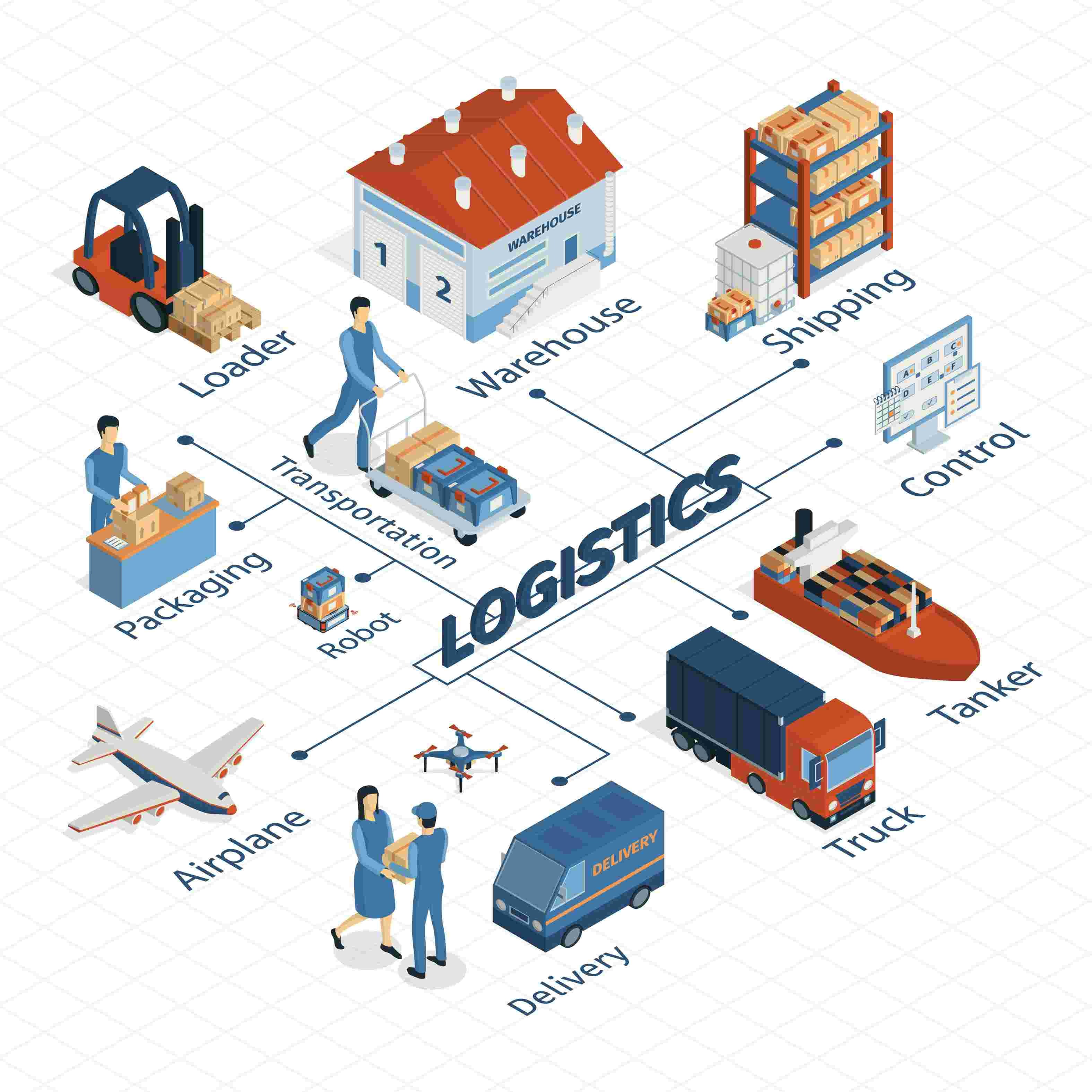
Several considerations should be taken into account when choosing a means of transportation for import or export shipments, in addition to cost-effectiveness. Although reducing shipping and logistics costs is significant, there are also very important considerations. Here are some factors to consider while choosing the right mode of transport in logistics.
Nature of Goods
The type of goods being transported plays a significant role in selecting the appropriate mode of transport. Bulky items or large machinery may be better suited for sea or rail delivery, while perishable or time-sensitive commodities may call for speedier methods of transportation, such as air freight.
Transit Time
An essential consideration is the shipment's urgency. While sea freight can be slower but more economical for items that are not urgent, air freight often delivers the quickest transit times. Depending on the distance and infrastructure, both rail and road transportation are in the middle.
Read more: What to Look When Choosing A Warehouse Partner
Distance and Destination
The location and distance between the origin and destination points influence the choice of transport mode. For long-distance international exports, air transport is frequently preferred, although shorter distances or regional trade may be better served by road or rail. For transcontinental transportation, sea freight is frequently used.
Reliability
The consistency and dependability of the selected means of transportation are essential. Take into account elements like service frequency, on-time delivery records, and carrier reputation. Customer satisfaction and supply chains may be significantly impacted by transit delays or disruptions.
Budget
Budget is an important consideration when selecting a mode of transport for goods. Transportation expenses have a direct impact on a product's selling price and can have an impact on overall profitability. Thus, it's essential to adjust the budgetary needs properly.
The most economical means of transportation is mostly dependent on the size or weight of the cargo. Sea freight shipping is frequently the most cost-effective option for large or heavy items that need to be carried across great distances. When delivery is not urgent, it is especially ideal. For the transportation of such items, rail transportation can also be rather affordable.
Cost advantages for handling and packaging are provided by road transportation. It can save money in these locations when compared to other forms of transportation, making it an effective choice for some items.
Despite being one of the most expensive ways of transportation, air travel has the benefit of speed. It is best suited for fragile and perishable commodities that need to be delivered quickly to maintain their quality.
Interested to read: Benefits of Customs Bonded Warehousing
Infrastructure and accessibility
Take into account the presence and state of transportation infrastructure, including roads, railroads, seaports, and airports. Check that the means of transportation are practical and easy to use at both the origin and destination points.
Regulatory and Legal Requirements
Different modes of transport may have specific legal and regulatory standards that need to be fulfilled. Think about customs laws, import/export limitations, documentation specifications, and any required permissions or licences.
Risk and security
Consider the likelihood of theft, damage, or loss when assessing the amount of risk involved with each form of transportation. To effectively reduce risks, take into account security measures, tracking tools, and insurance possibilities.
Integrated Logistics
In some cases, combining several transit options could be the best course of action. Transporting goods via many modes of transportation simultaneously, often known as intermodal or multimodal, can reduce costs, increase flexibility, and improve supply chain management.
Flexibility
One of the important factors to consider while choosing the right mode of transport in logistics is flexibility. Transport by rail, water, and air often follows established routes and predetermined schedules, necessitating the delivery of products to particular stations, ports, or airports. On the other hand, because it is not constrained by set routes or rigid schedules, vehicle transportation gives you more freedom. It is always operational and has a good route to reach commercial locations for loading and unloading.
Additional aspects
When choosing a method of transportation, factors other than flexibility are taken into account. Additionally, specialised services like warehousing, packing, and loading/unloading are taken into consideration while making decisions. Different types of traffic and cargo are best served by various modes of transportation.
Businesses can choose the best mode of transportation to meet their demands by taking into account the unique requirements of the commodities being transported as well as factors like distance, time sensitivity, and cost.
Why Choose Sohar Shipping for your logistics services in Oman?
In today's worldwide business environment, Sohar Shipping recognises the value of dependable and effective shipping services. Our goal is to go above and beyond client expectations by offering personalized solutions that make shipping easy and hassle-free for our valued clients.
The seamless link we have developed, which enables us to provide effective shipping services to and from Oman, connecting diverse regions of the world, is a reflection of our dedication to excellence.
Latest Blogs
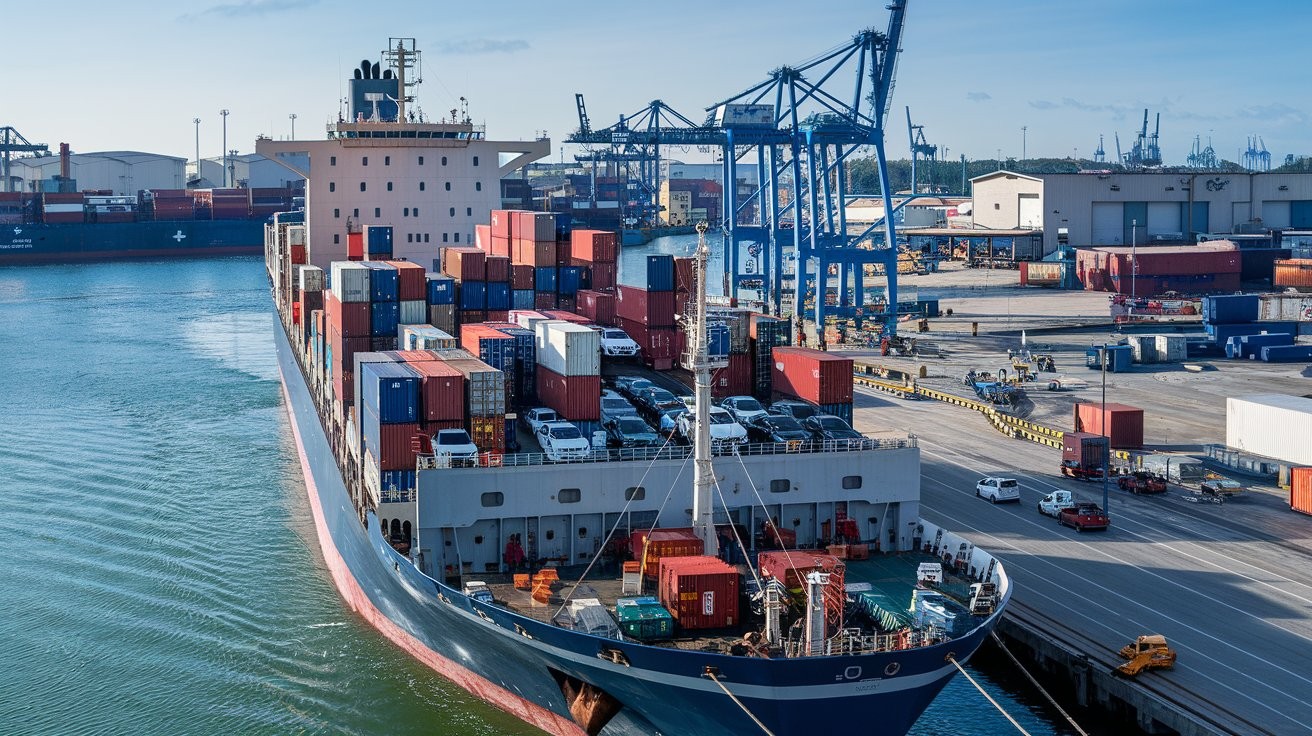

Key Benefits of End to End Supply Chains
20 Sep, 2024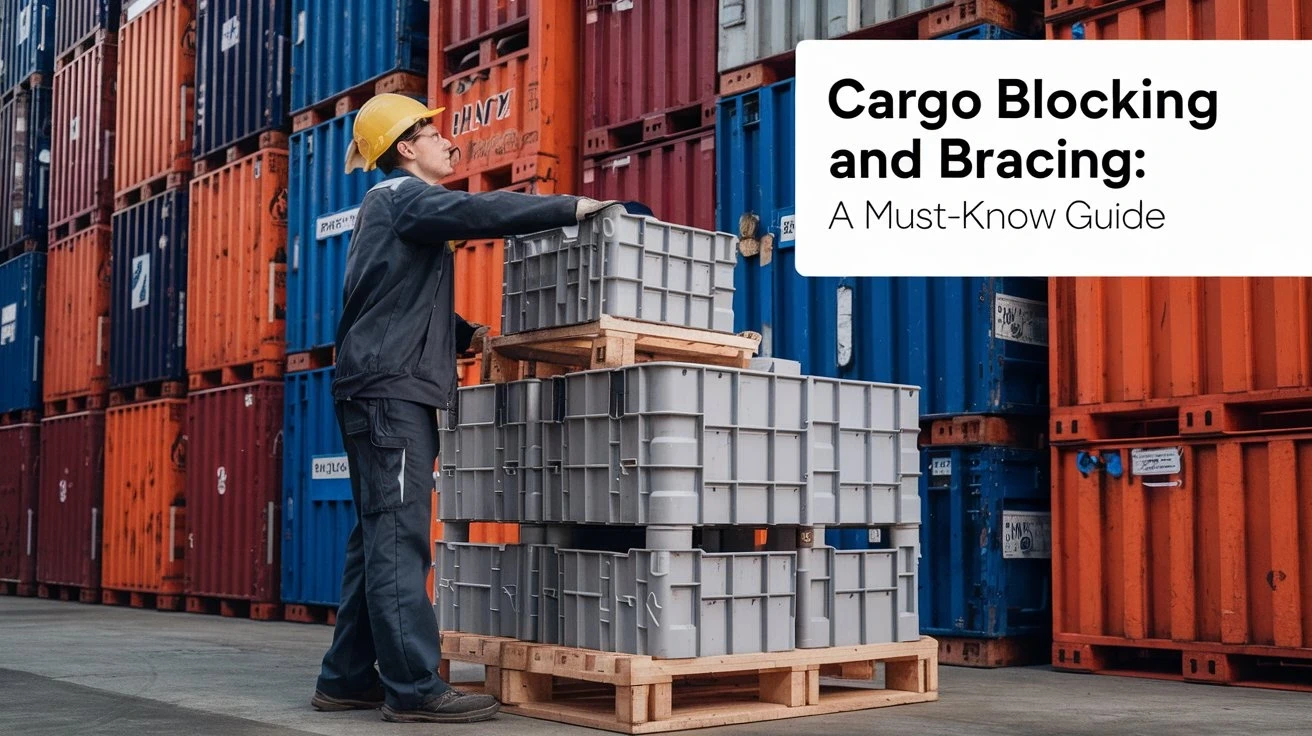
Cargo Blocking and Bracing: A Must-Know Guide
17 Sep, 2024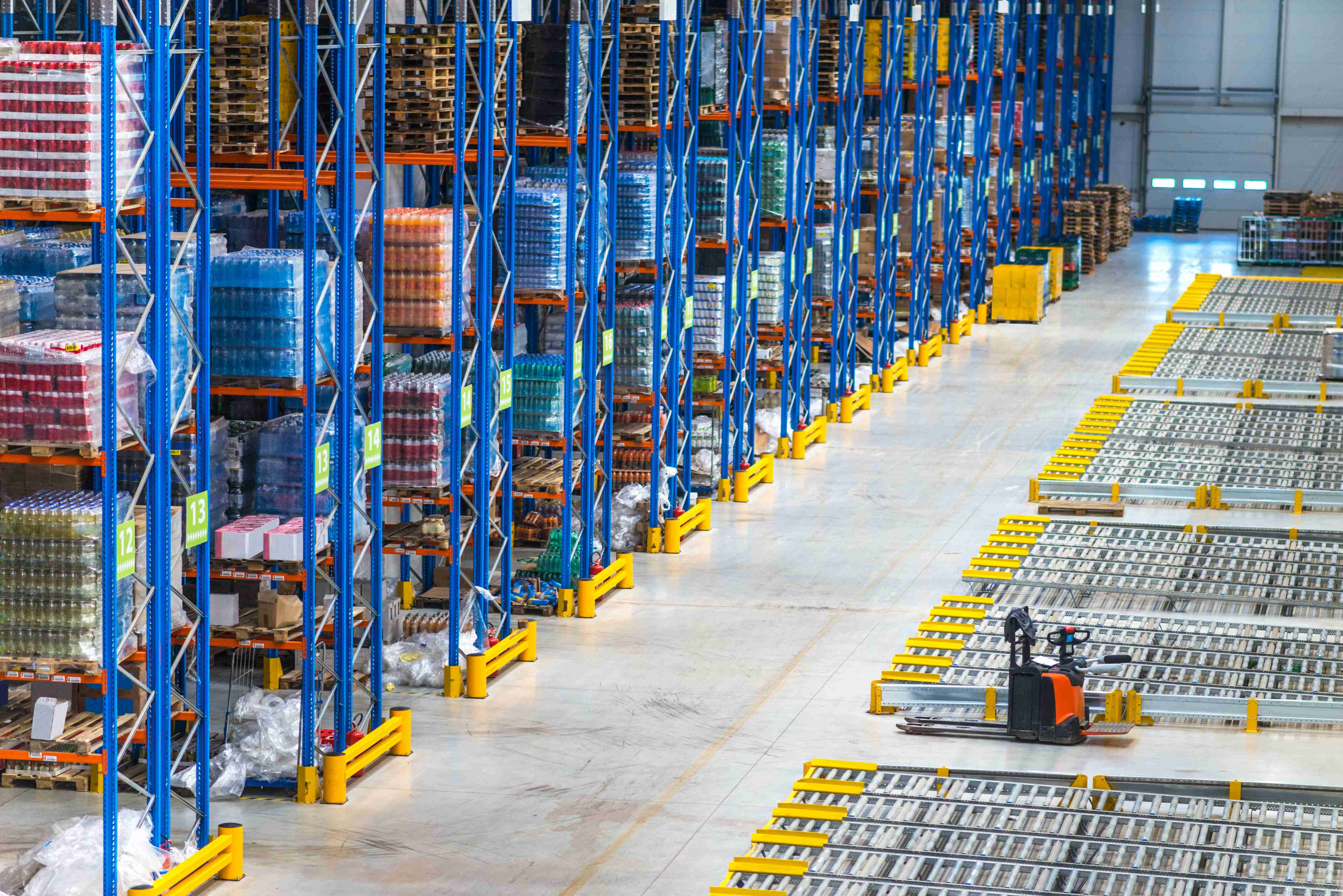
Third-Party Logistics (3PL): A Complete Guide
31 Jan, 2024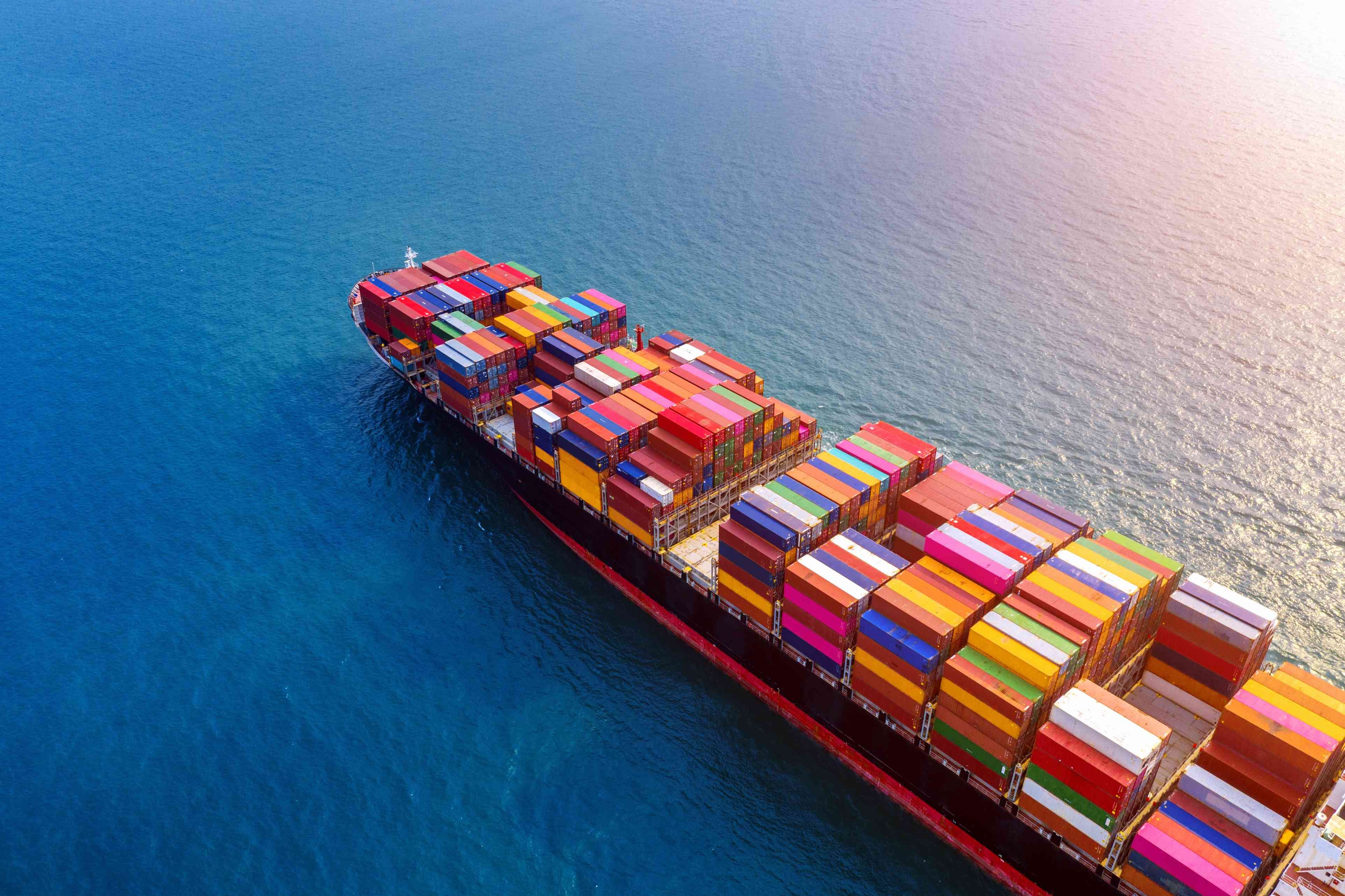
How do I book a container by sea freight
27 Nov, 2023
Top Reasons You Need A Cargo Insurance
30 Aug, 2023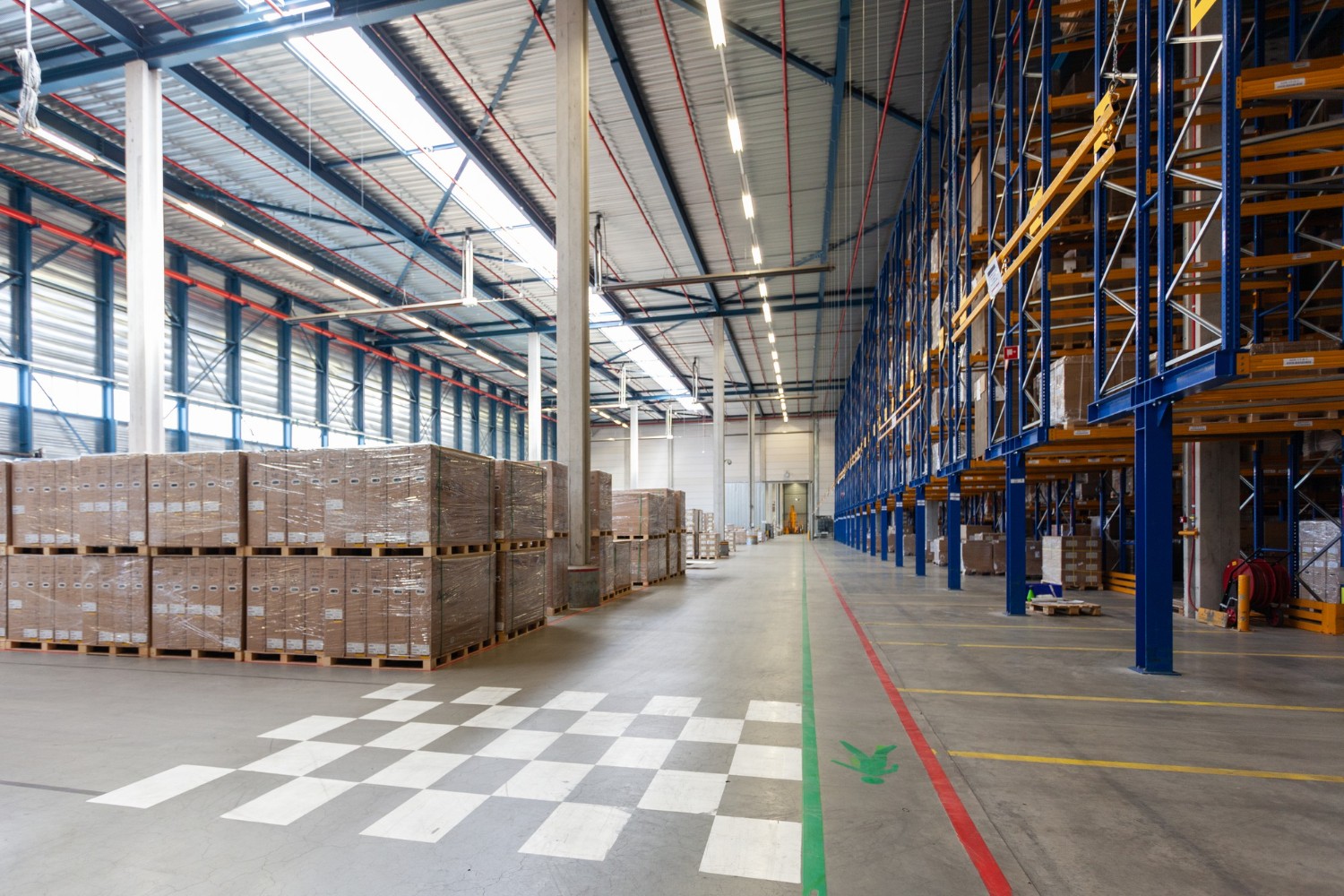
Benefits of Customs Bonded Warehousing
24 Jul, 2023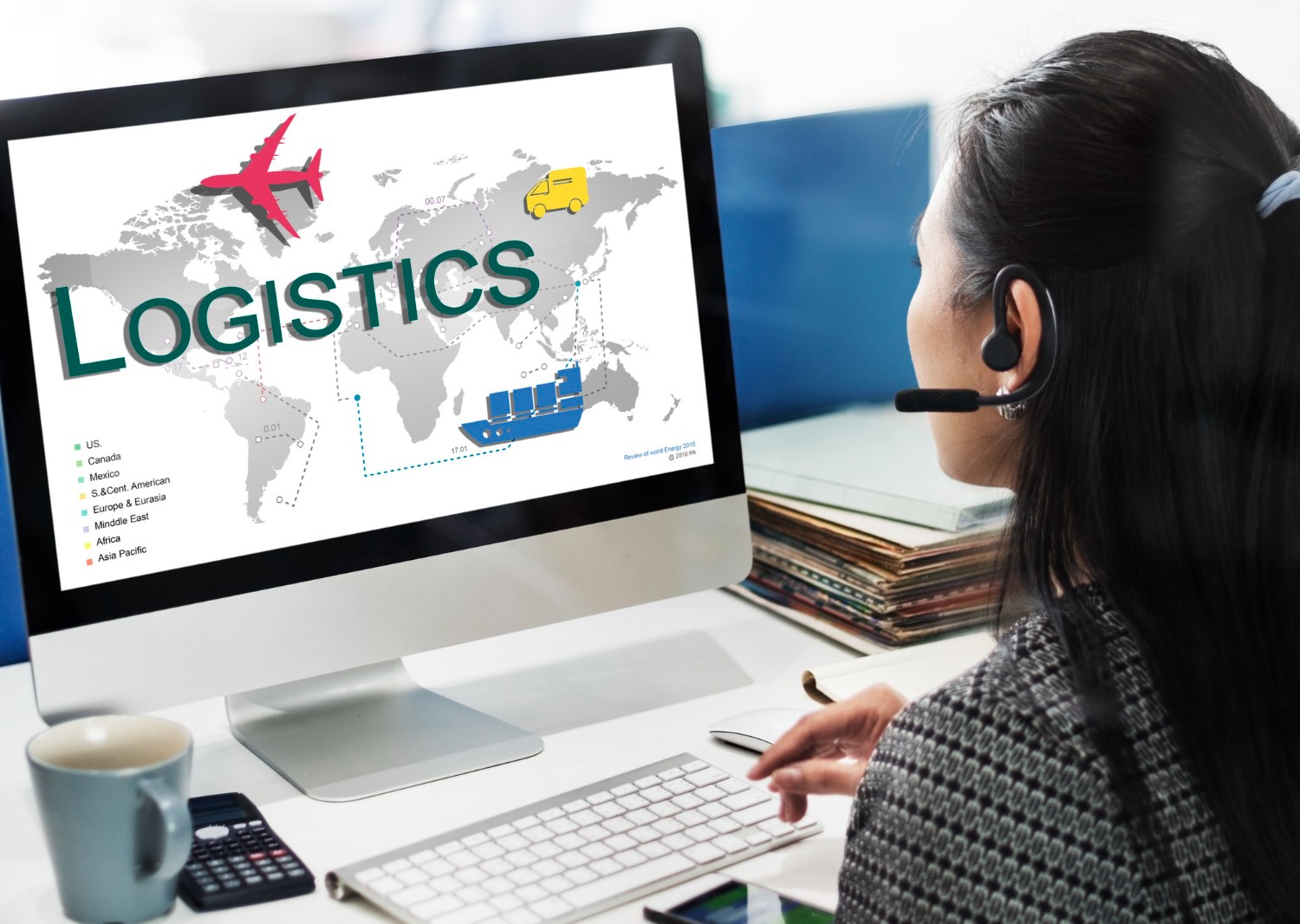
Benefits of Logistics Outsourcing
30 Jun, 2023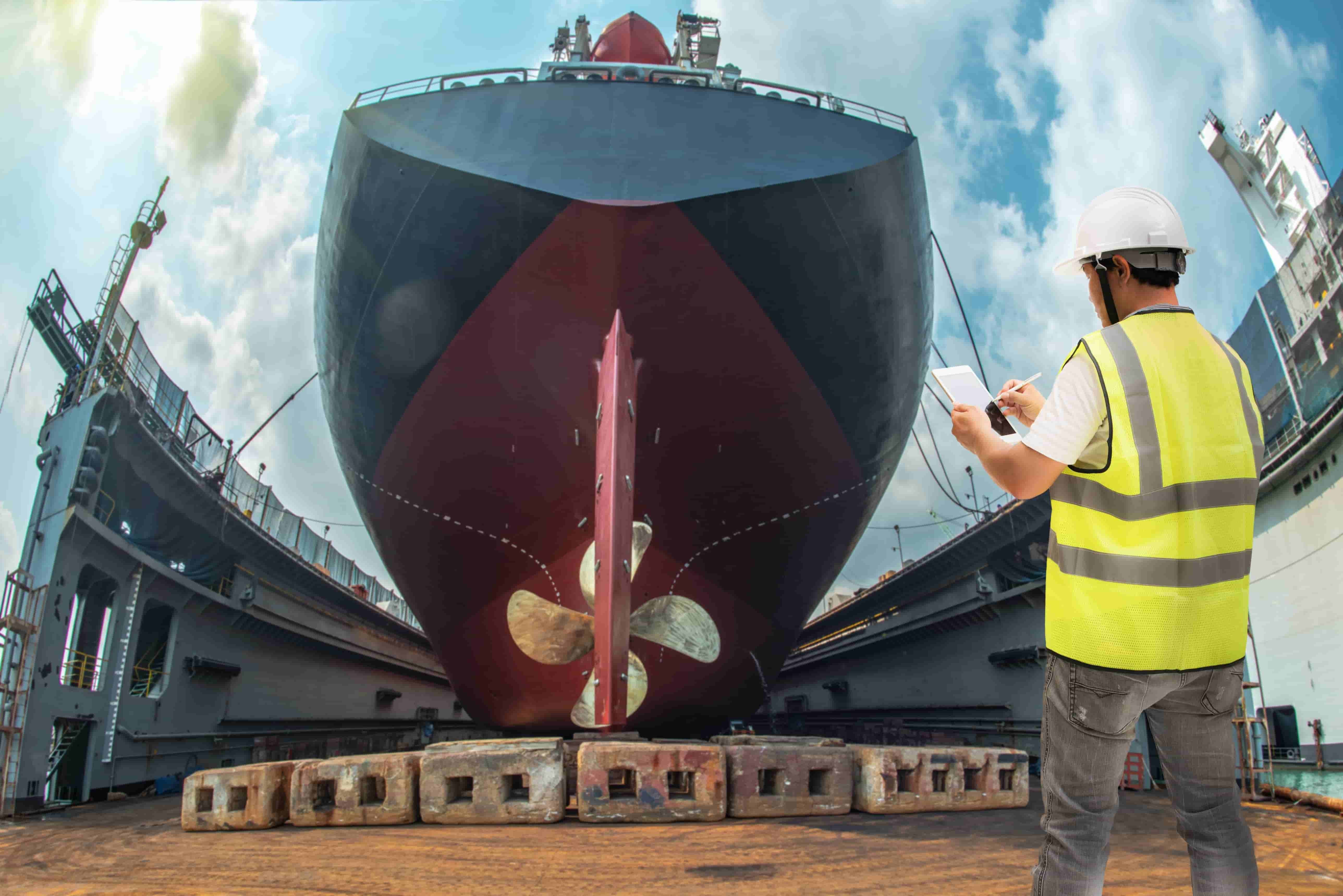
What is Dry Docking & Why Do Ships Do It?
30 May, 2023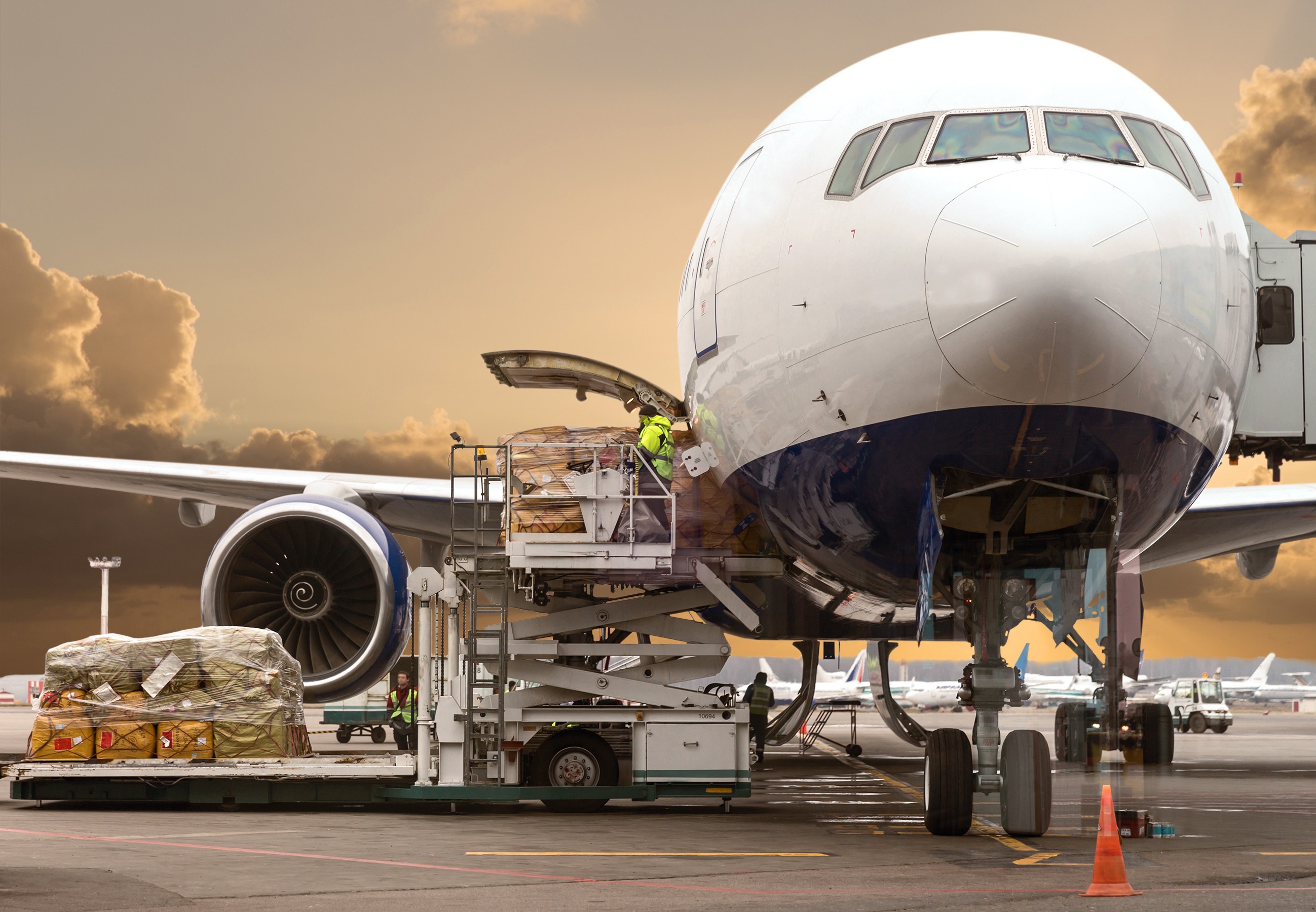
All You Need to Know About Air Freight
16 May, 2023
Ways Carriers Benefit from Contract Logistics
25 Apr, 2023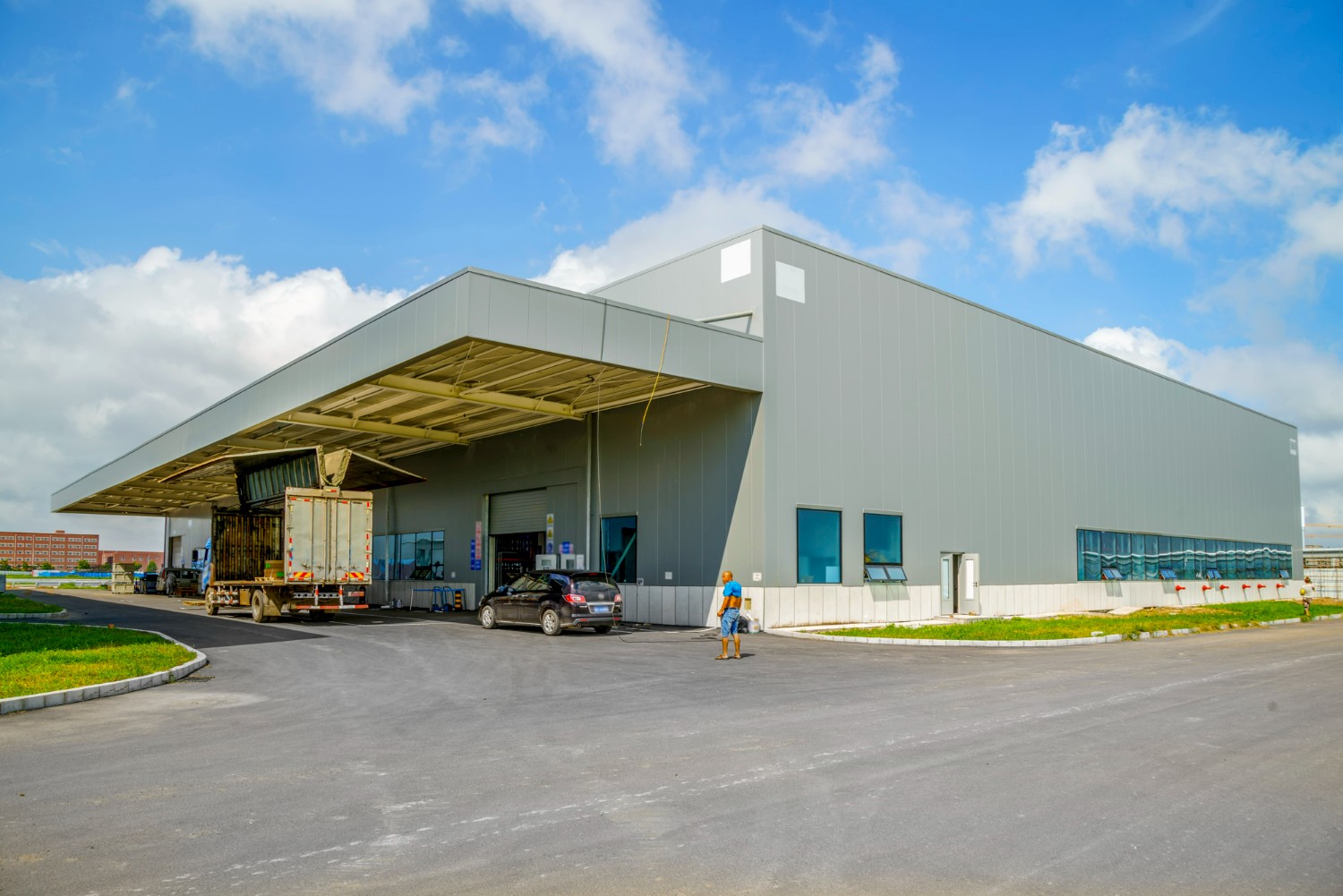
Pros and Cons of Contract Warehousing
27 Mar, 2023641c5faf72d6a.jpg)
Advantages of Freight Consolidation
23 Mar, 2023
All You Need to Know About Freight Charges
27 Feb, 2023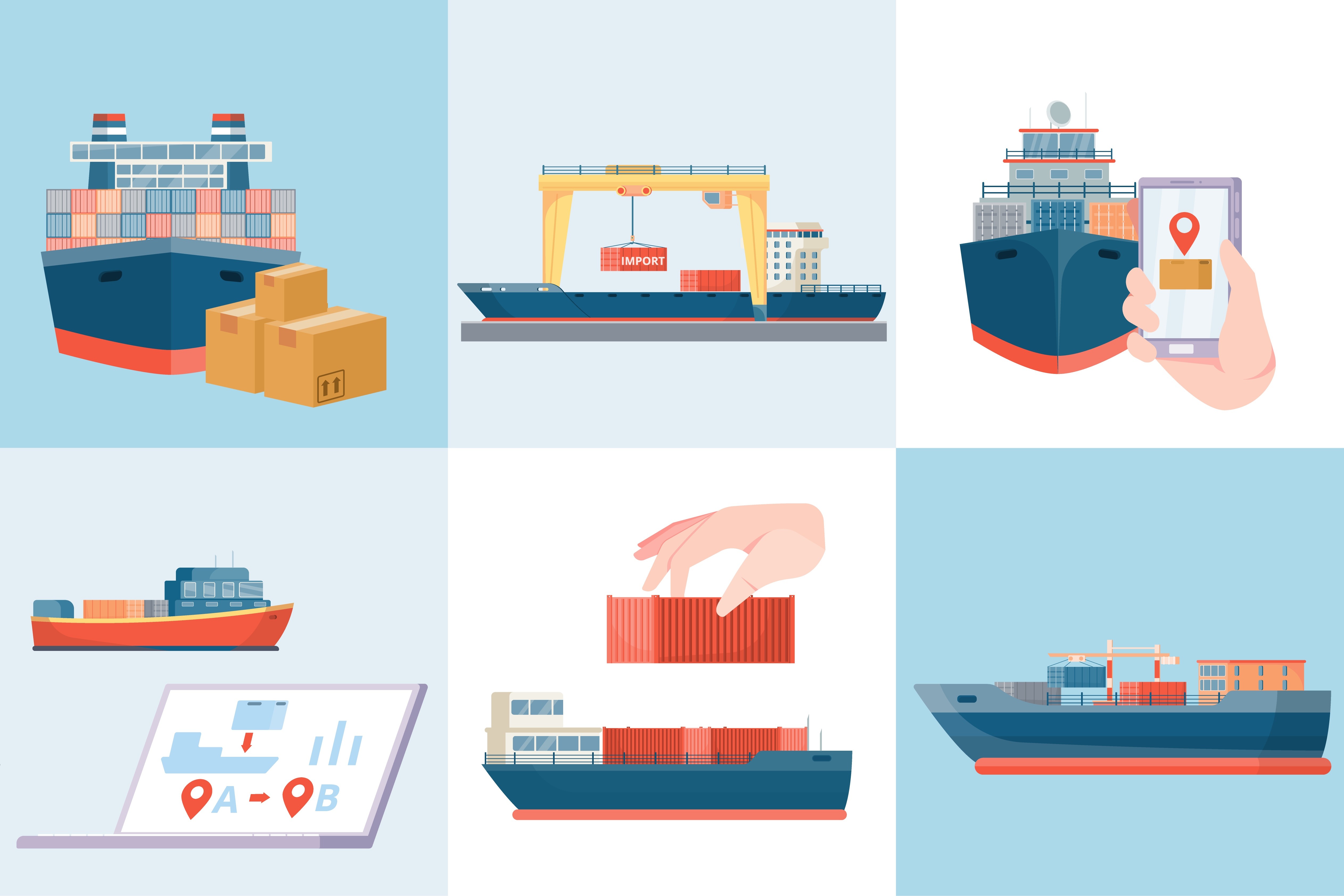
How to Find A Good Freight Forwarder?
24 Jan, 2023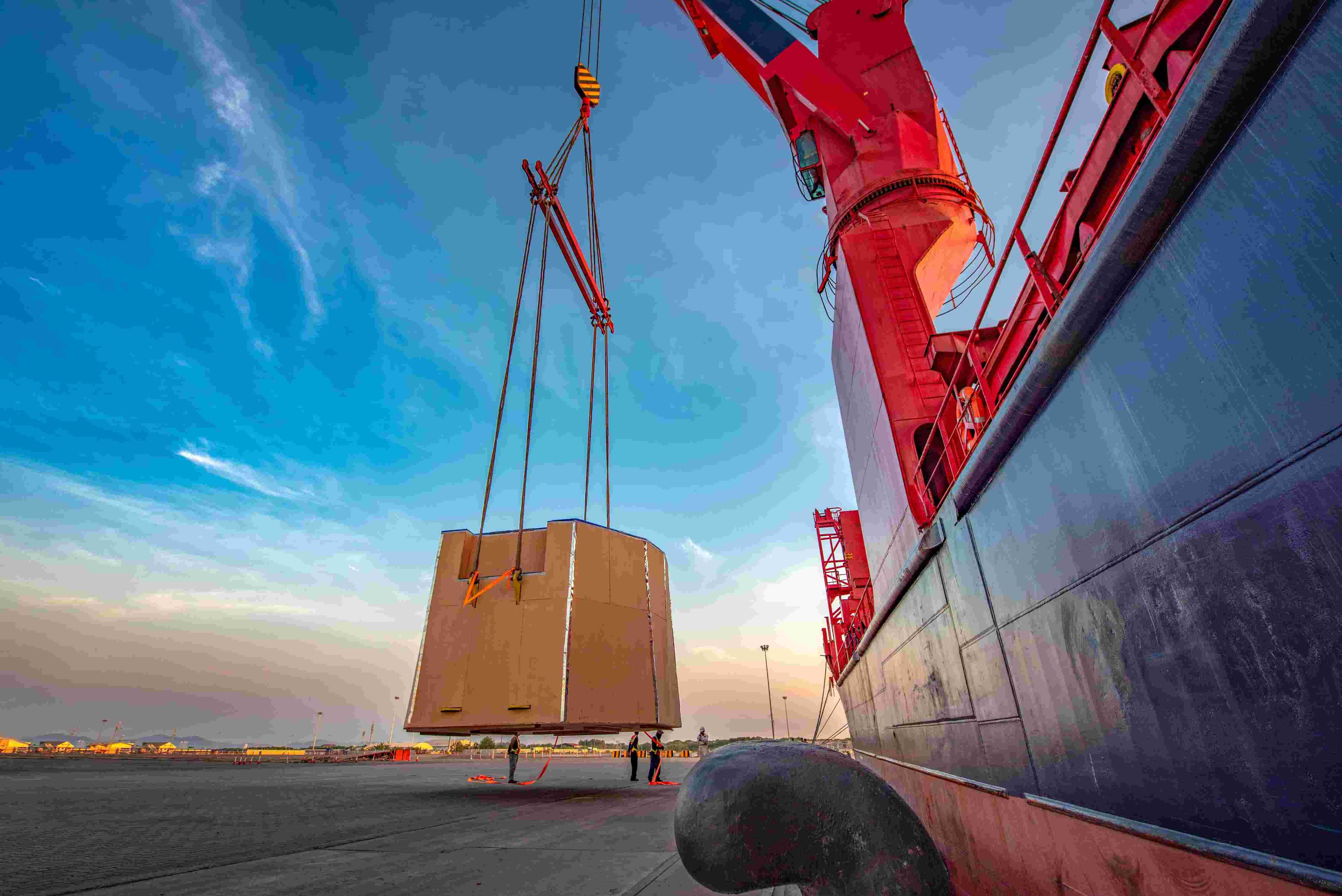
What is Project Cargo and How is it Transported?
07 Nov, 2022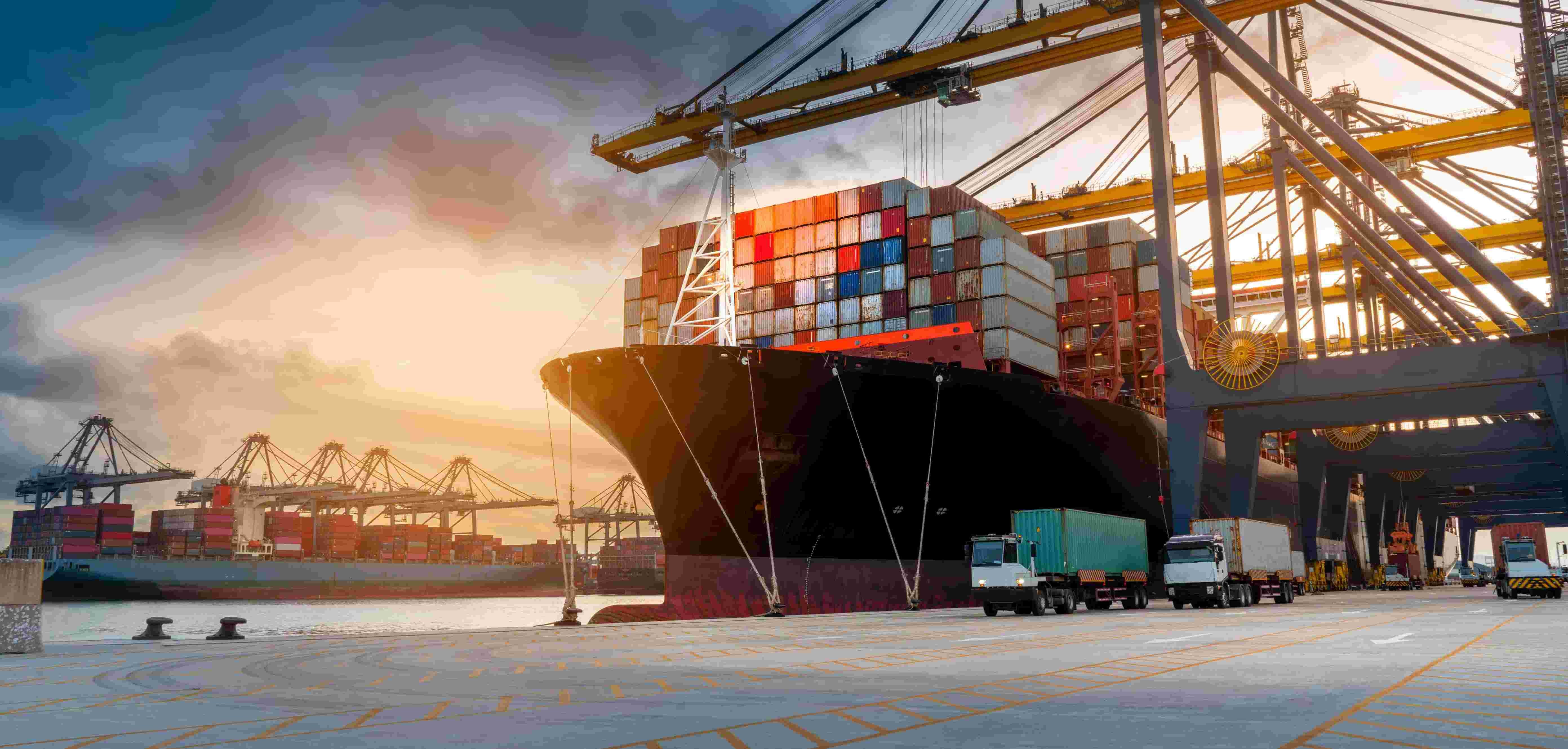
How International Ocean Freight Shipping Works
25 Oct, 2022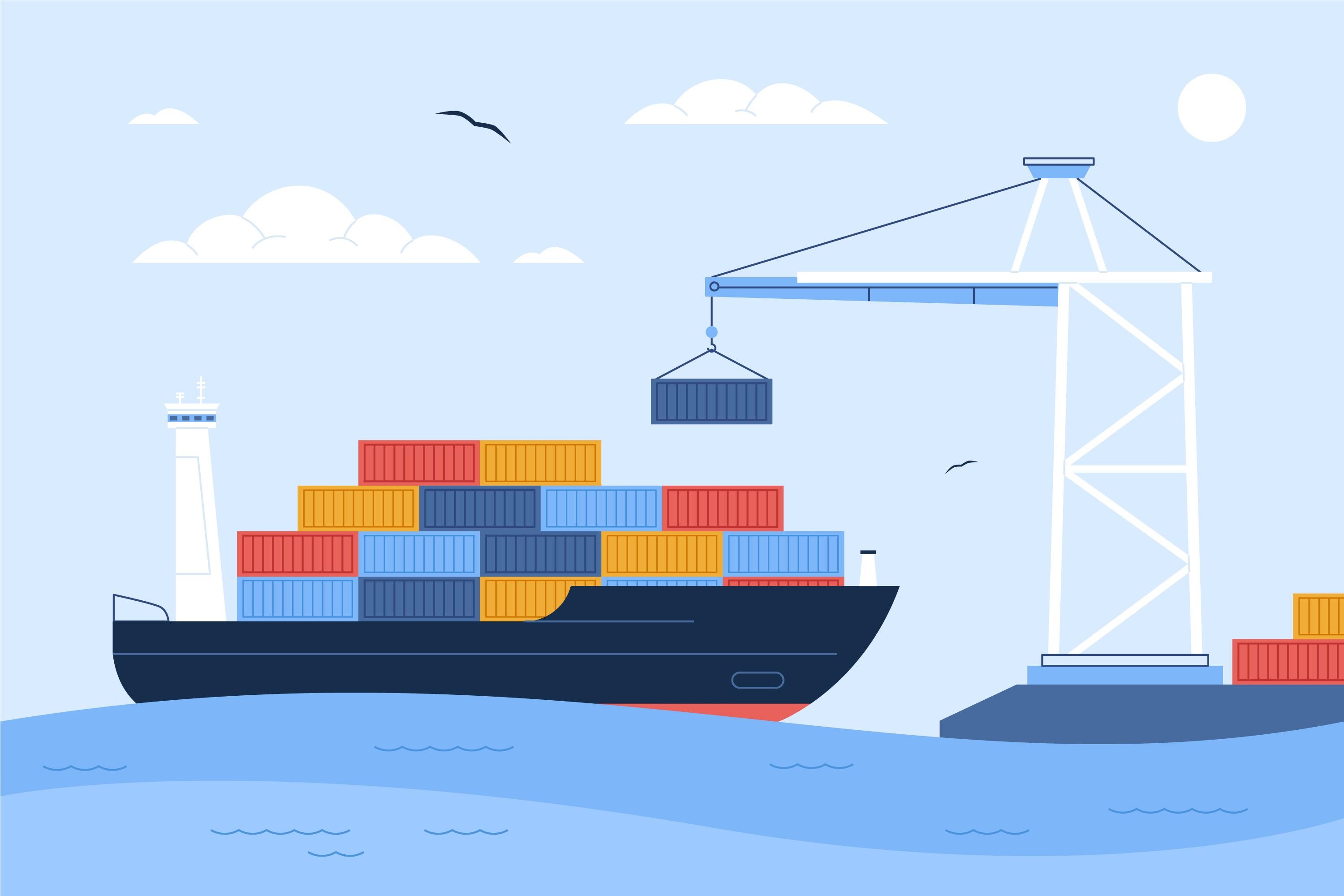
How does LCL shipping work?
26 Sep, 2022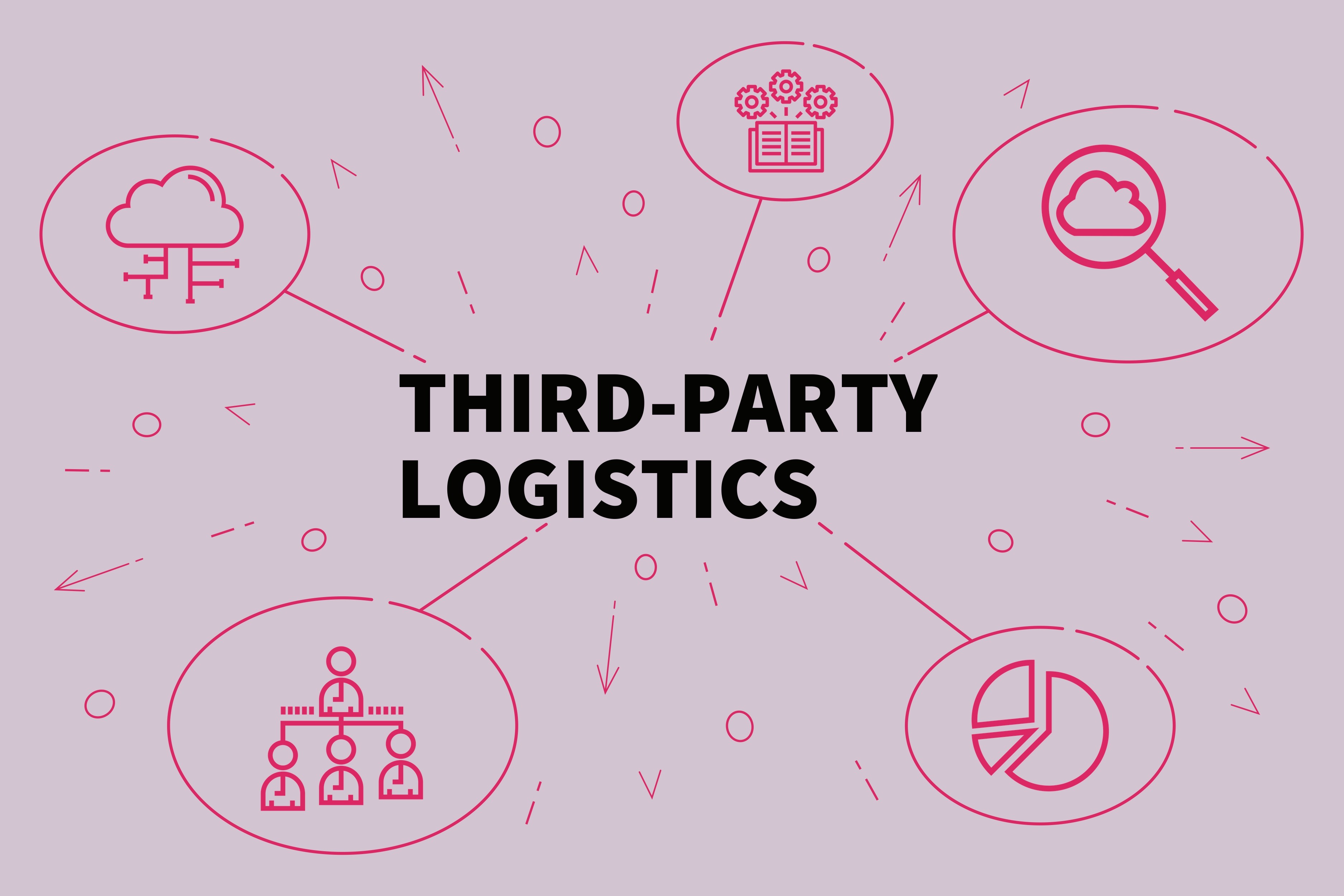
8 Ways to Optimize Your 3PL Relationship
22 Sep, 2022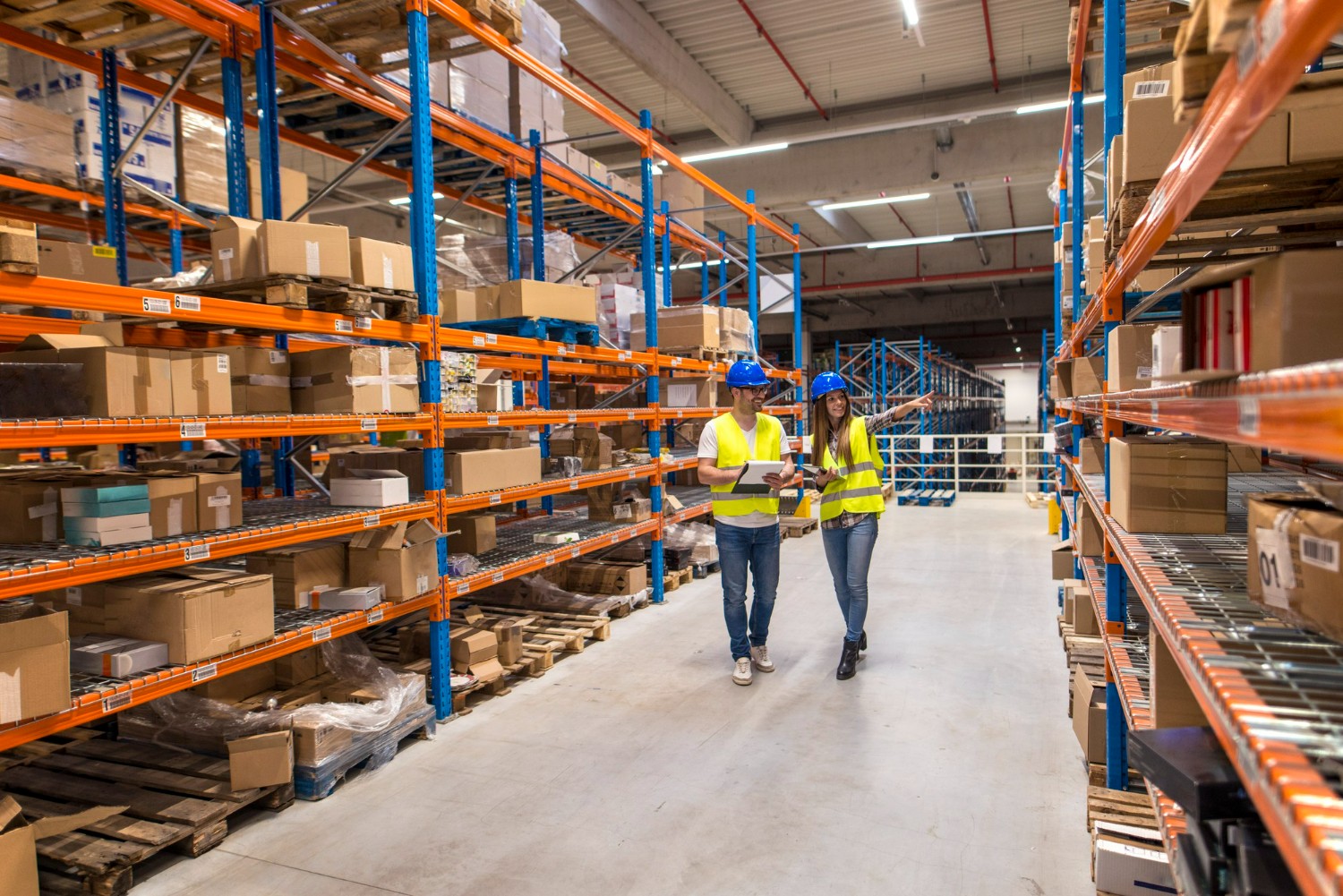
Benefits Of Using An Outsourced Warehouse
22 Aug, 2022
Importance of Cargo Insurance
30 Jul, 2022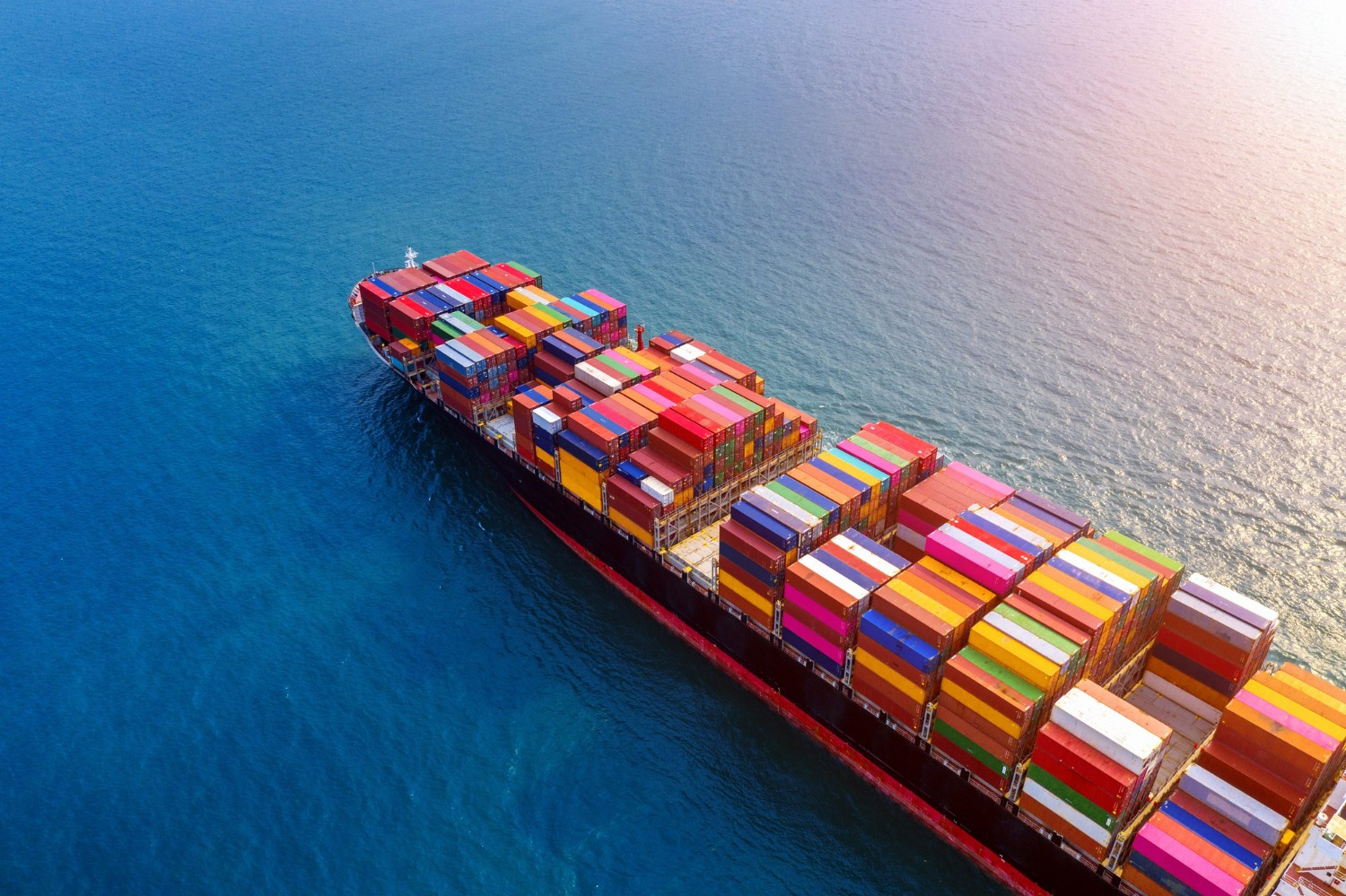
Top 10 Benefits of Ocean Freight Shipping
22 Jun, 2022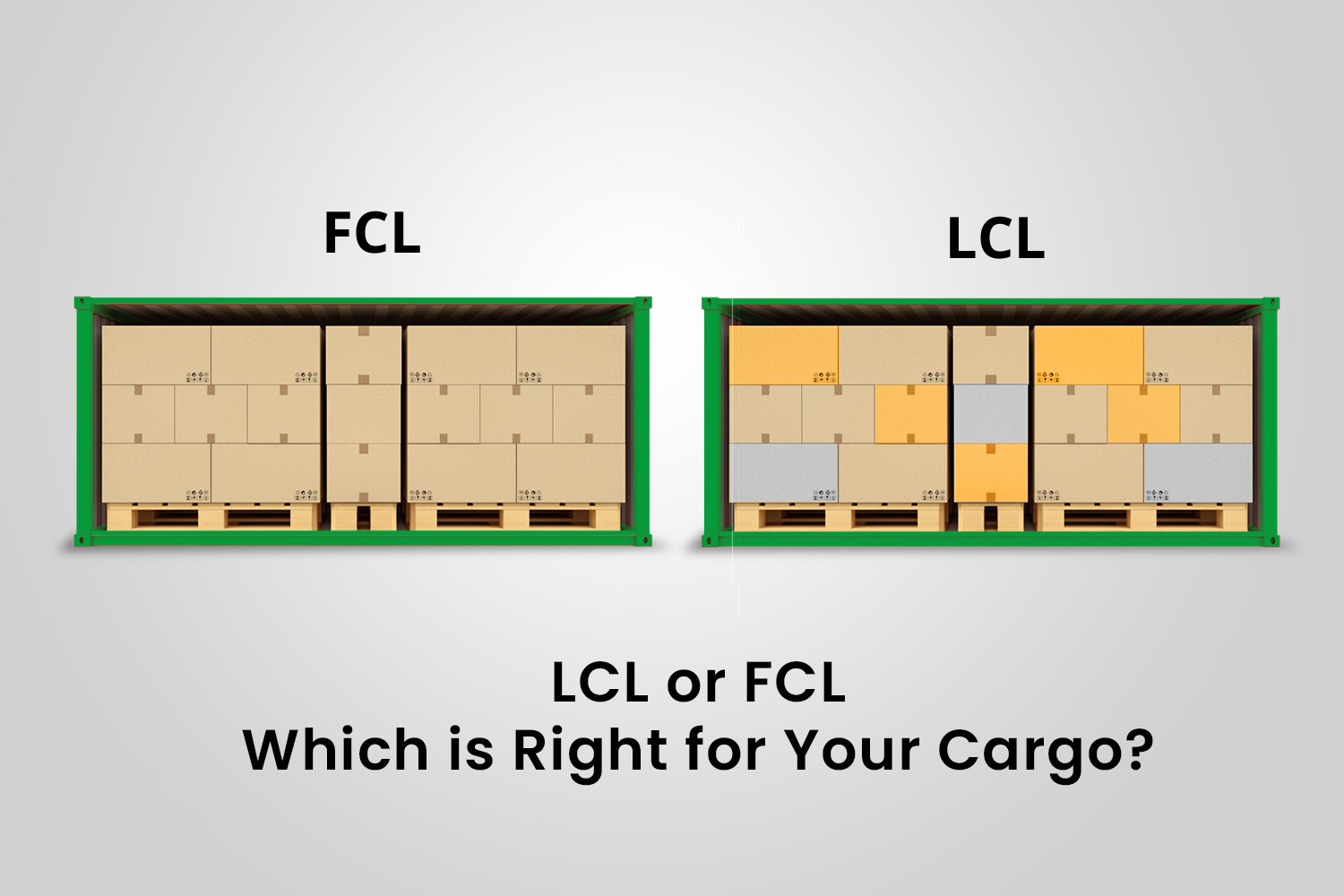
LCL or FCL - Which is Right for Your Cargo?
26 May, 2022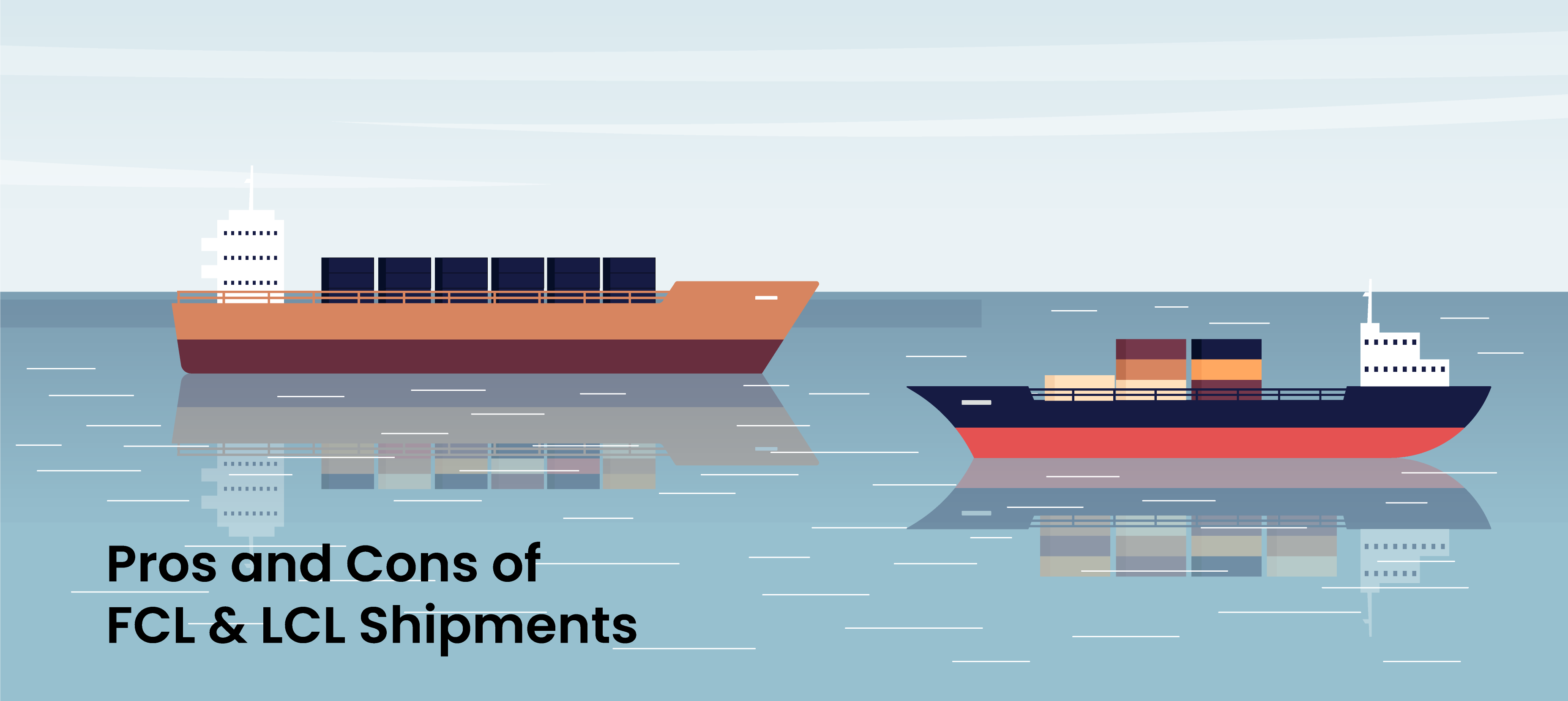
Pros and Cons of FCL & LCL Shipments
21 May, 2022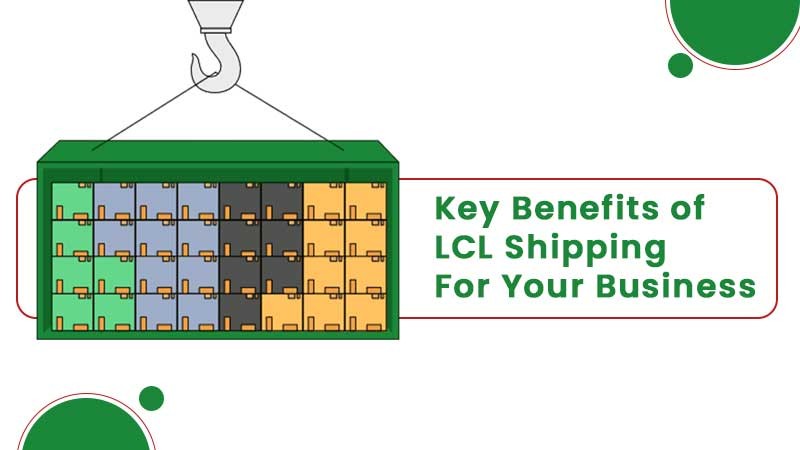
Key Benefits of LCL Shipping for Your Business
28 Jan, 2022

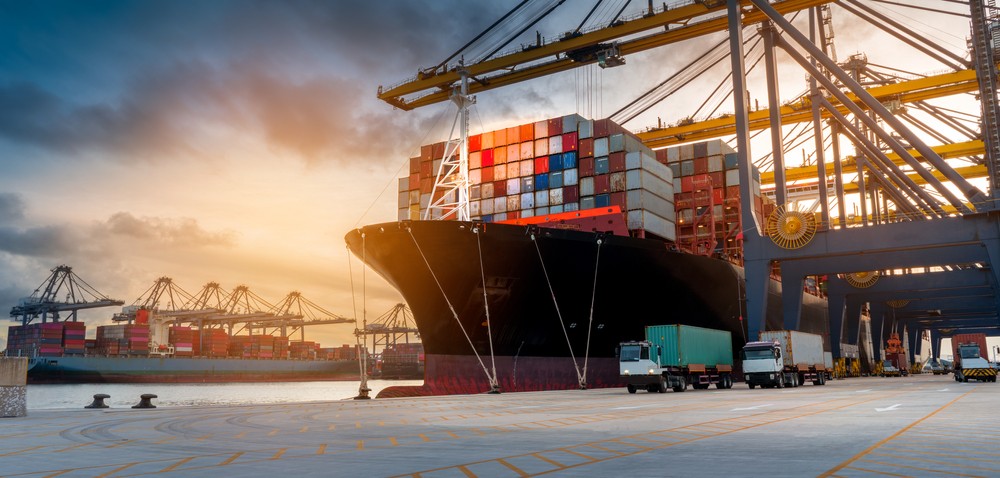
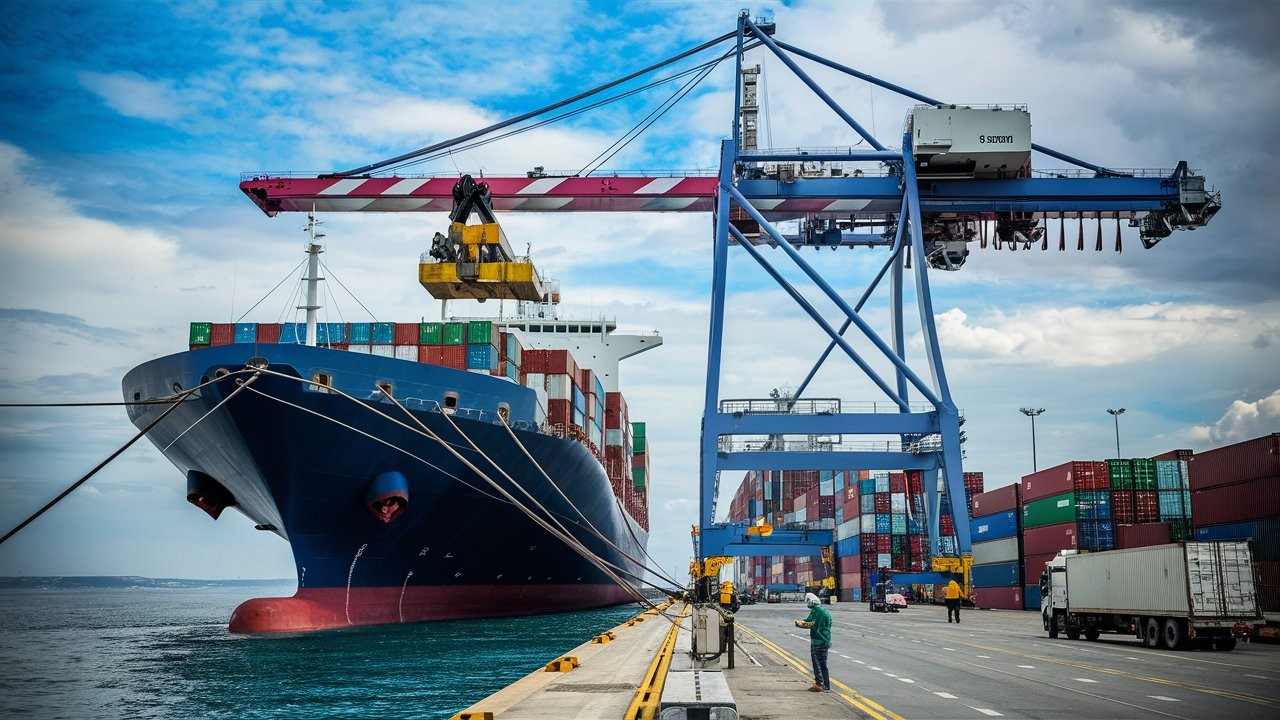
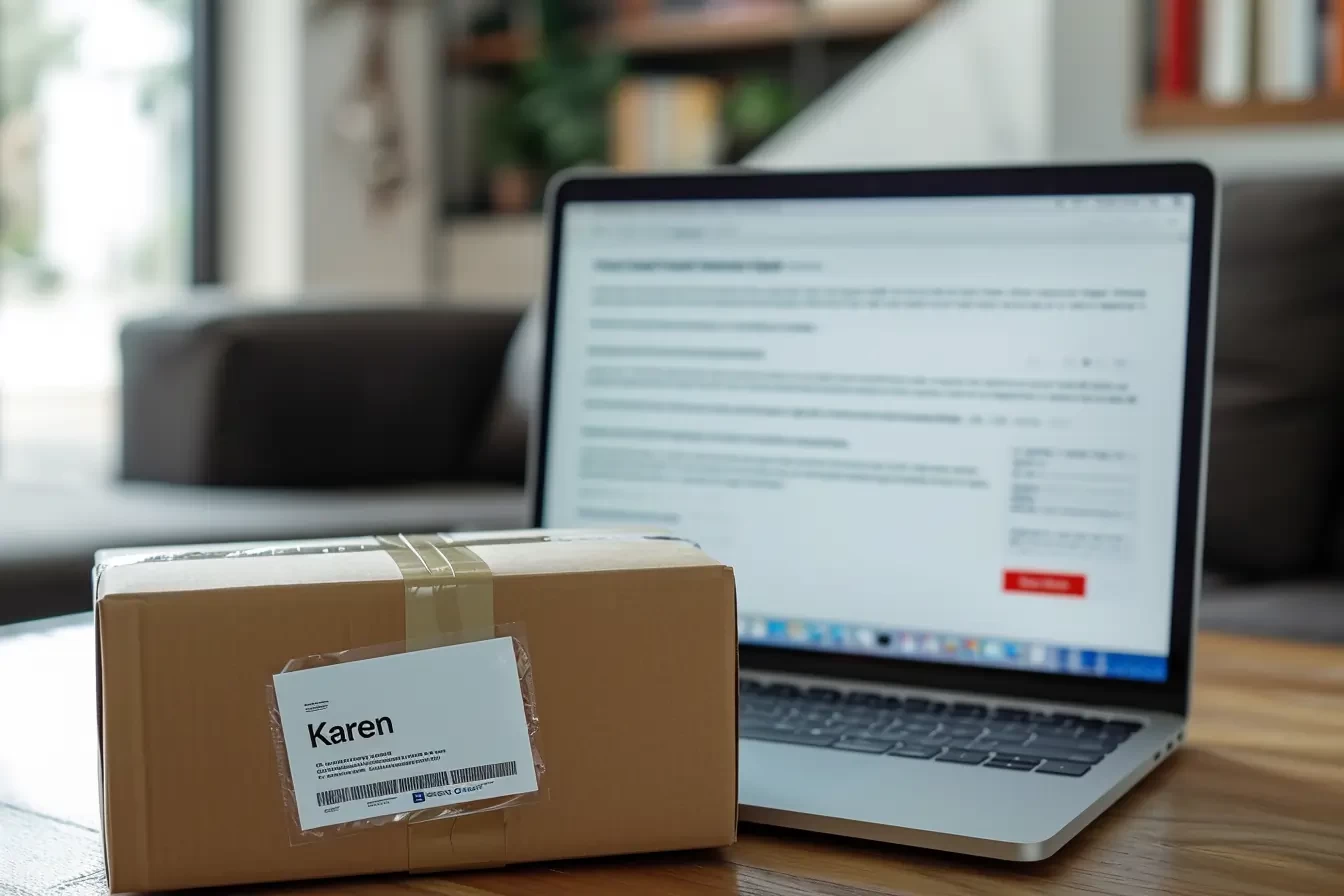
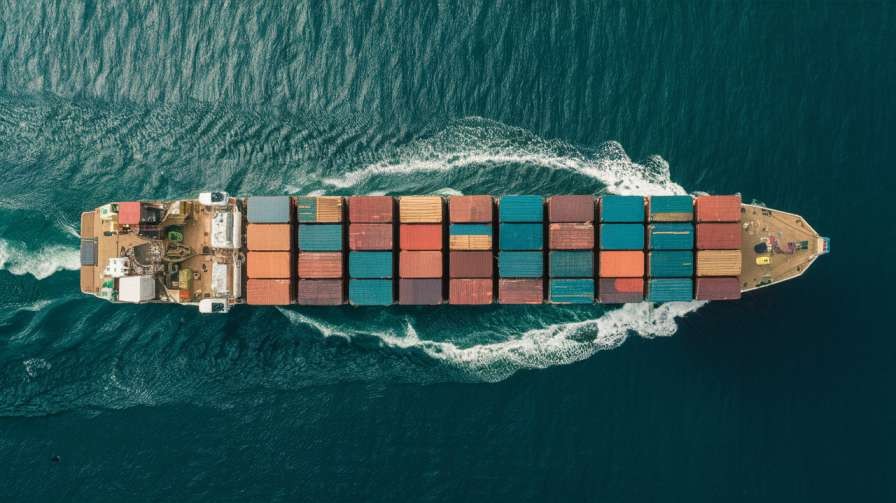
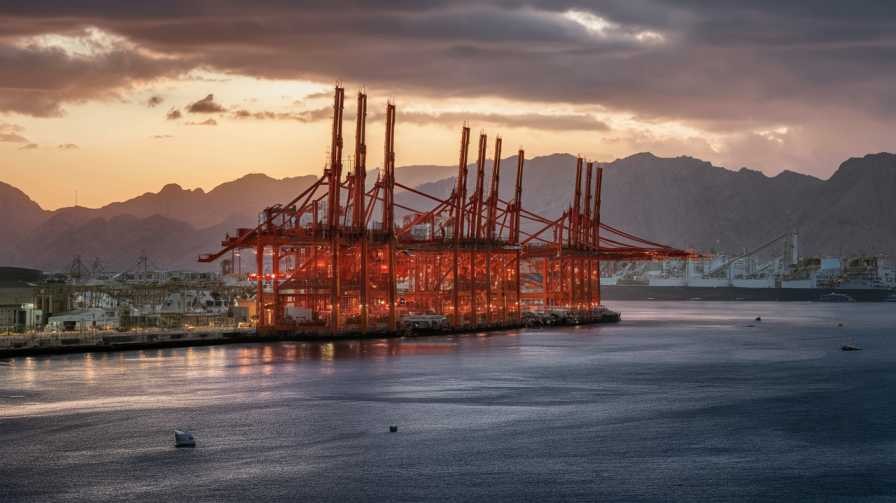
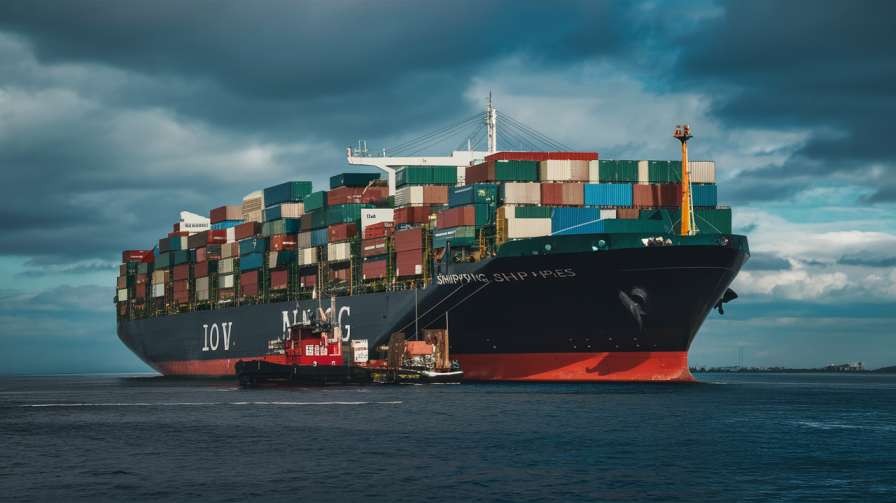
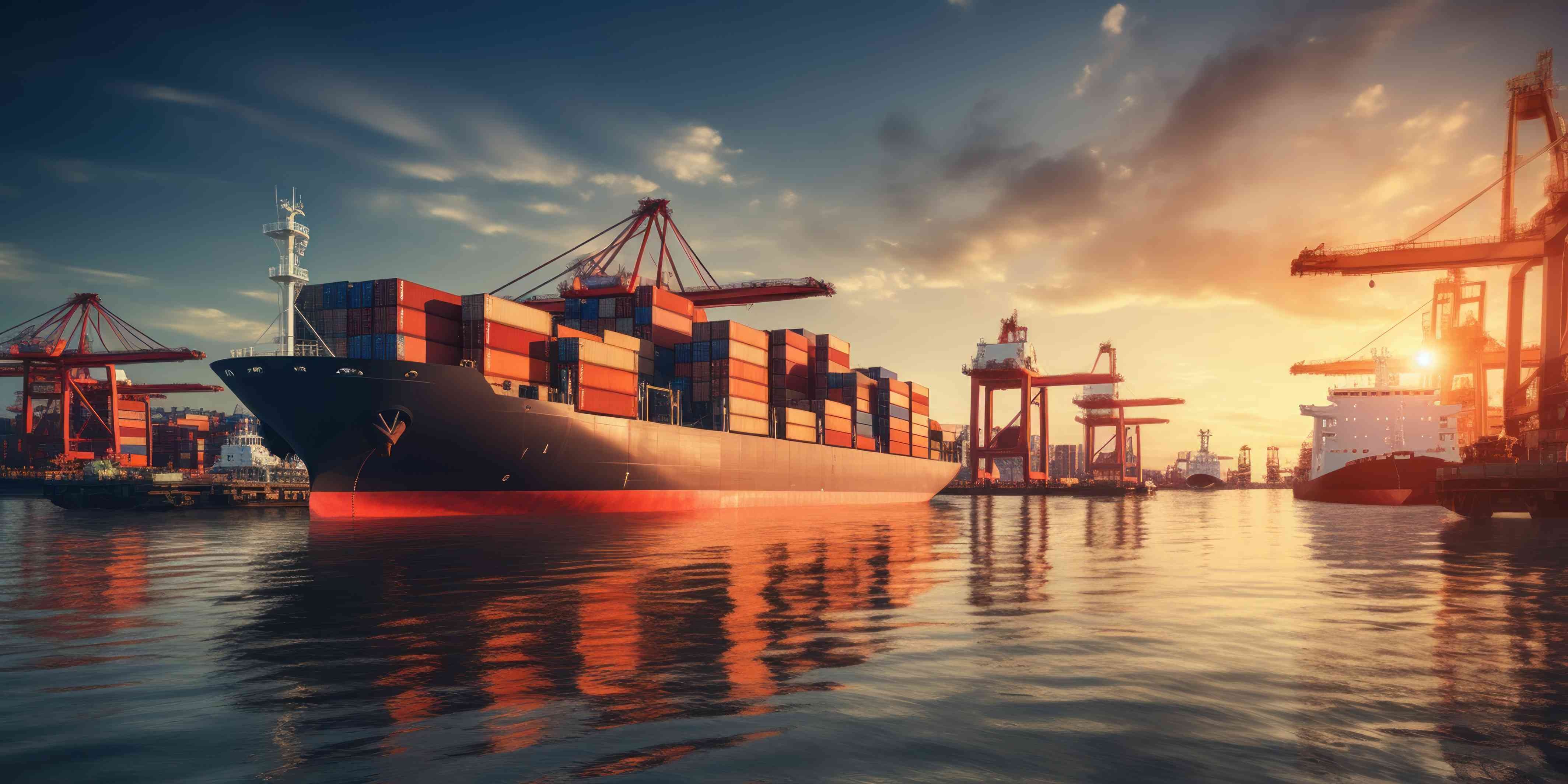


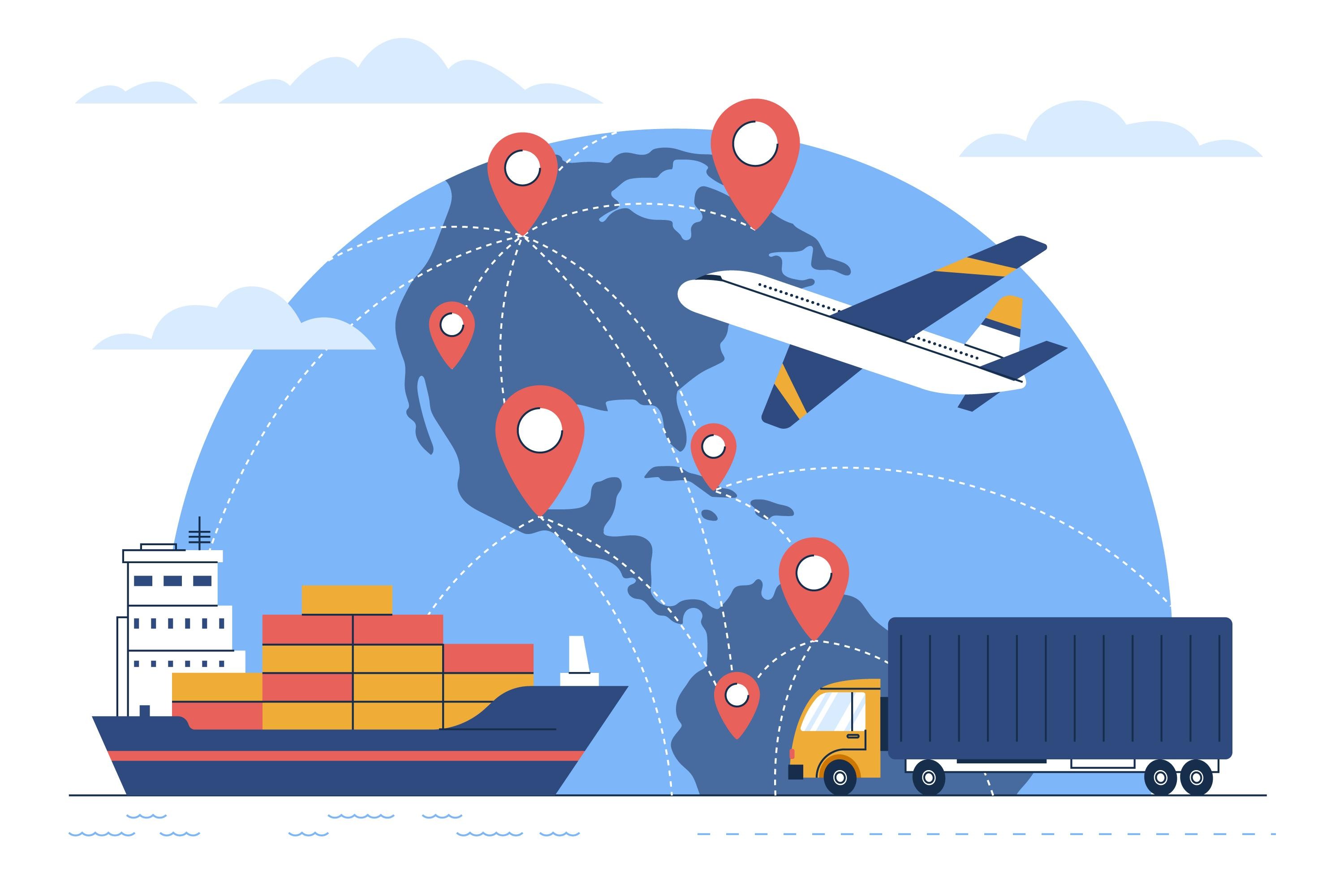


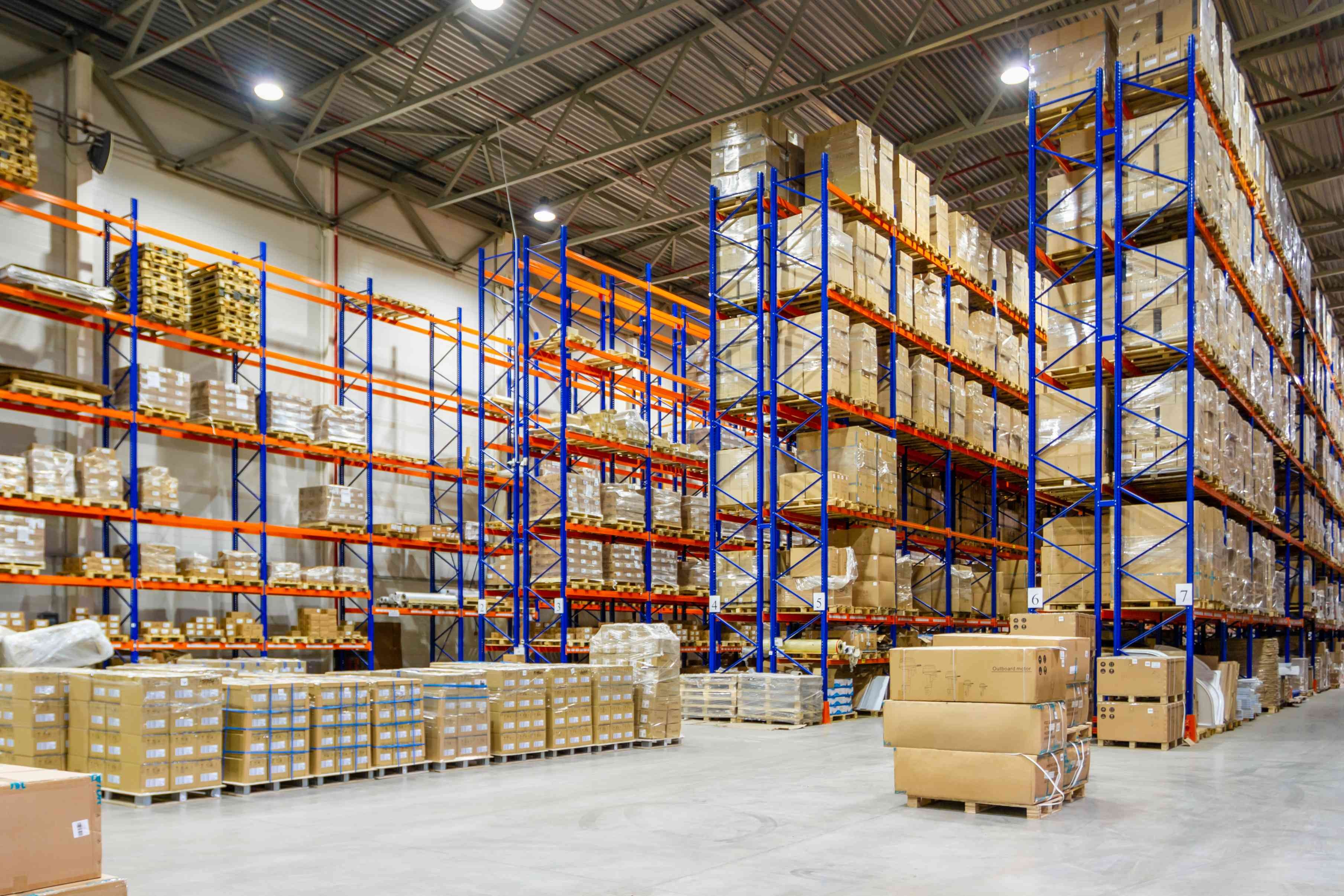
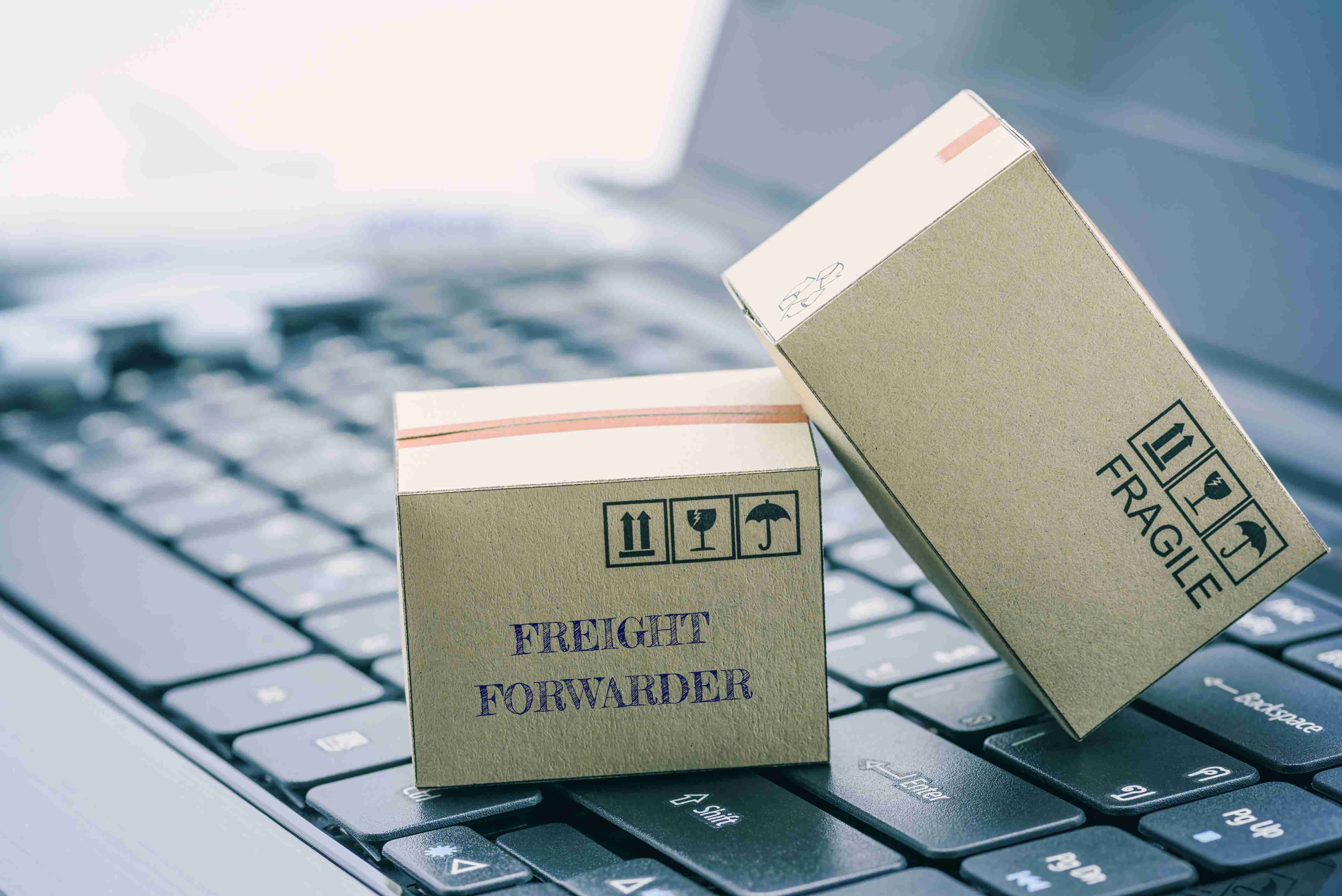
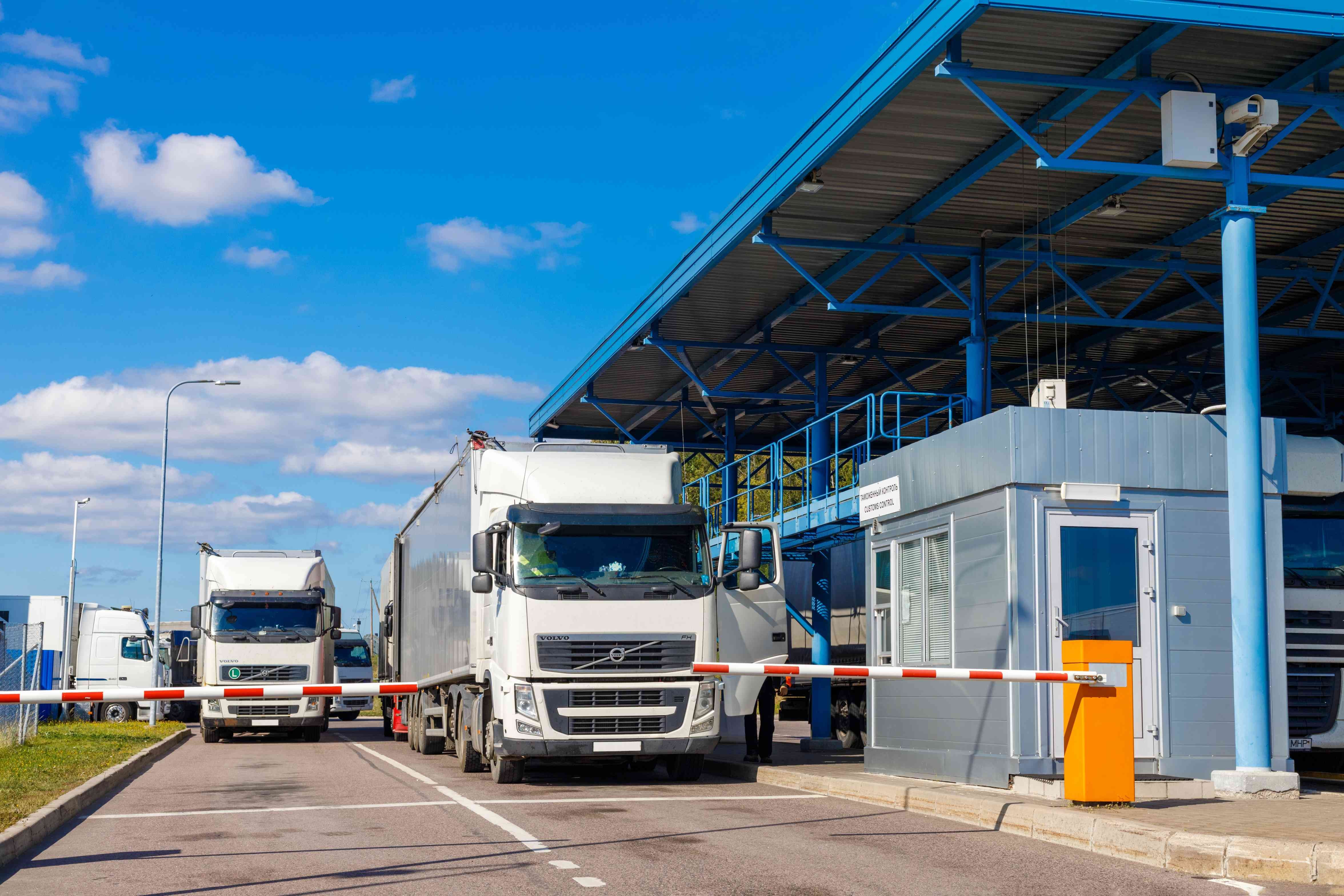
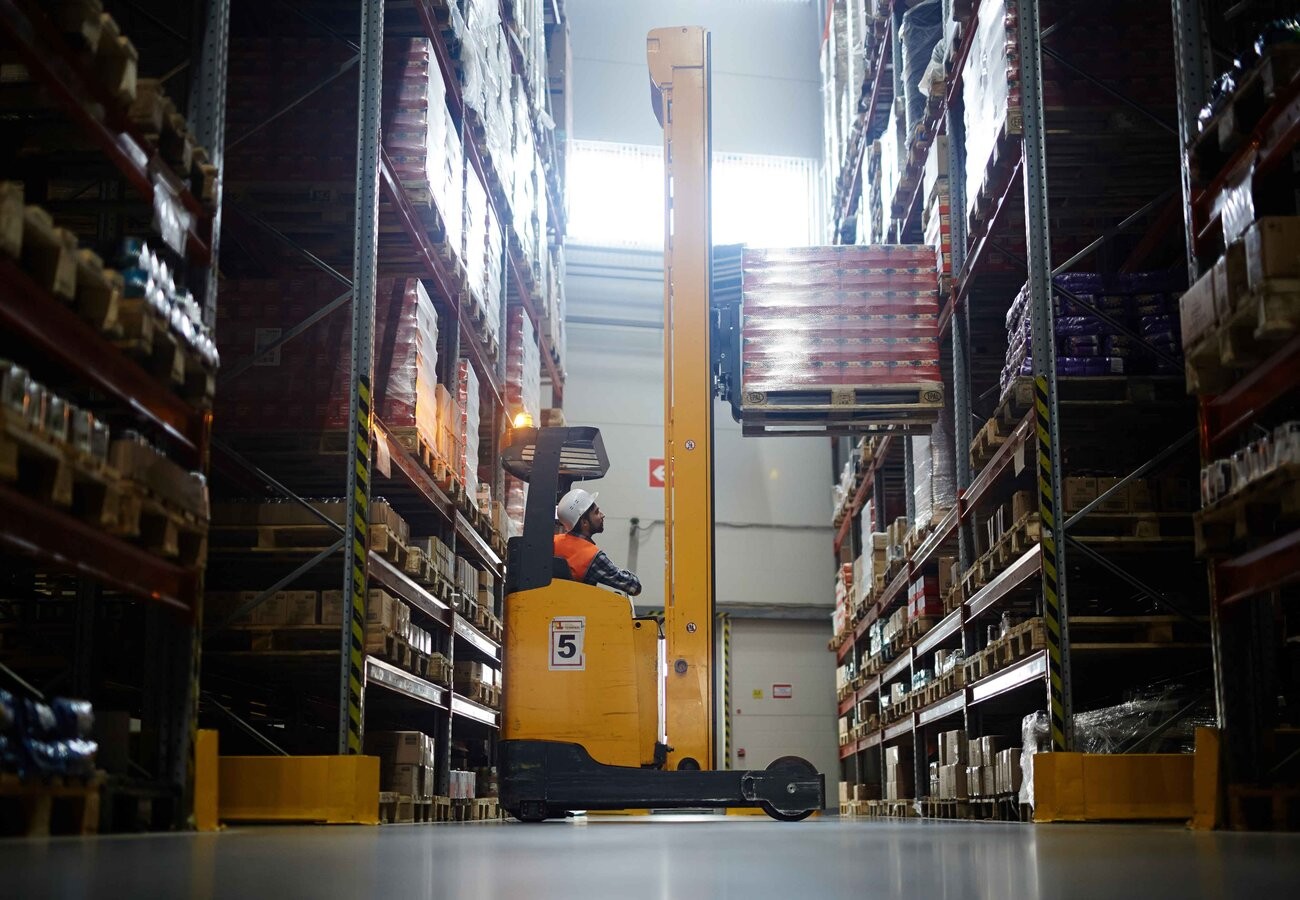
64ef6d522bd5d.jpg)
64a477953e86e.jpg)
643ff0cfeaf4e.jpg)
63fcb9023ba5f.jpg)
63d94f83c4432.jpg)
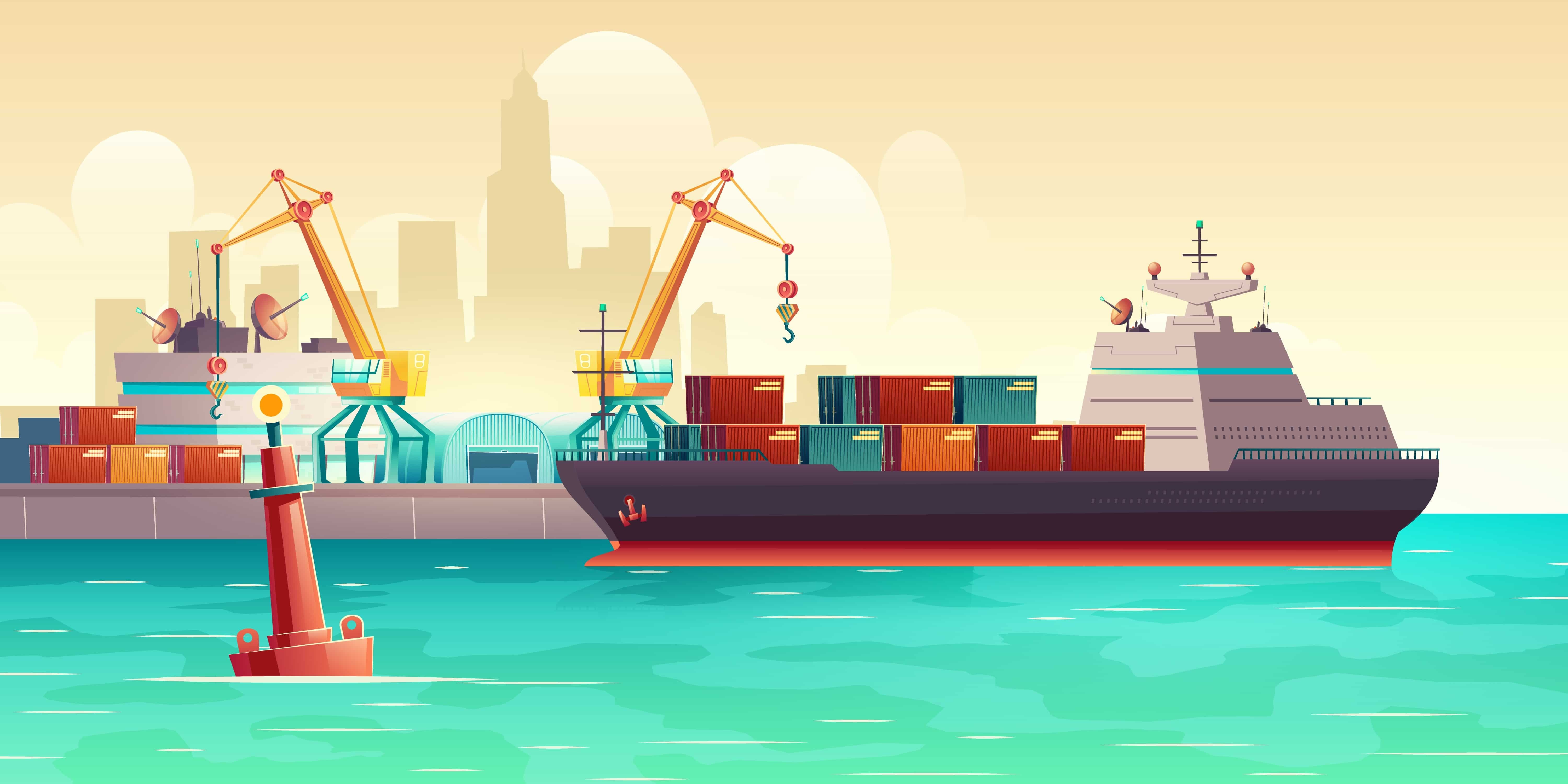

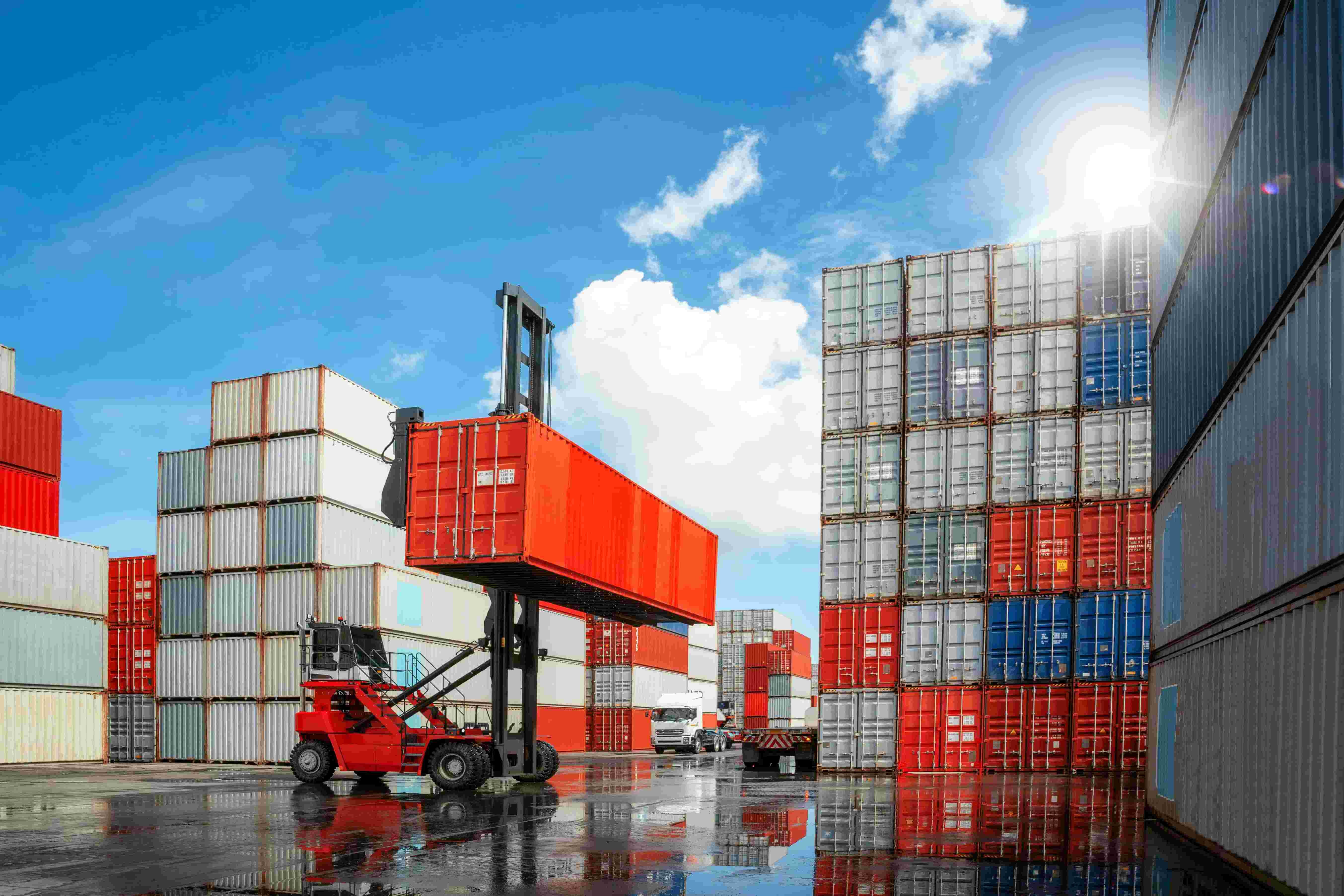
637611972635b.jpg)
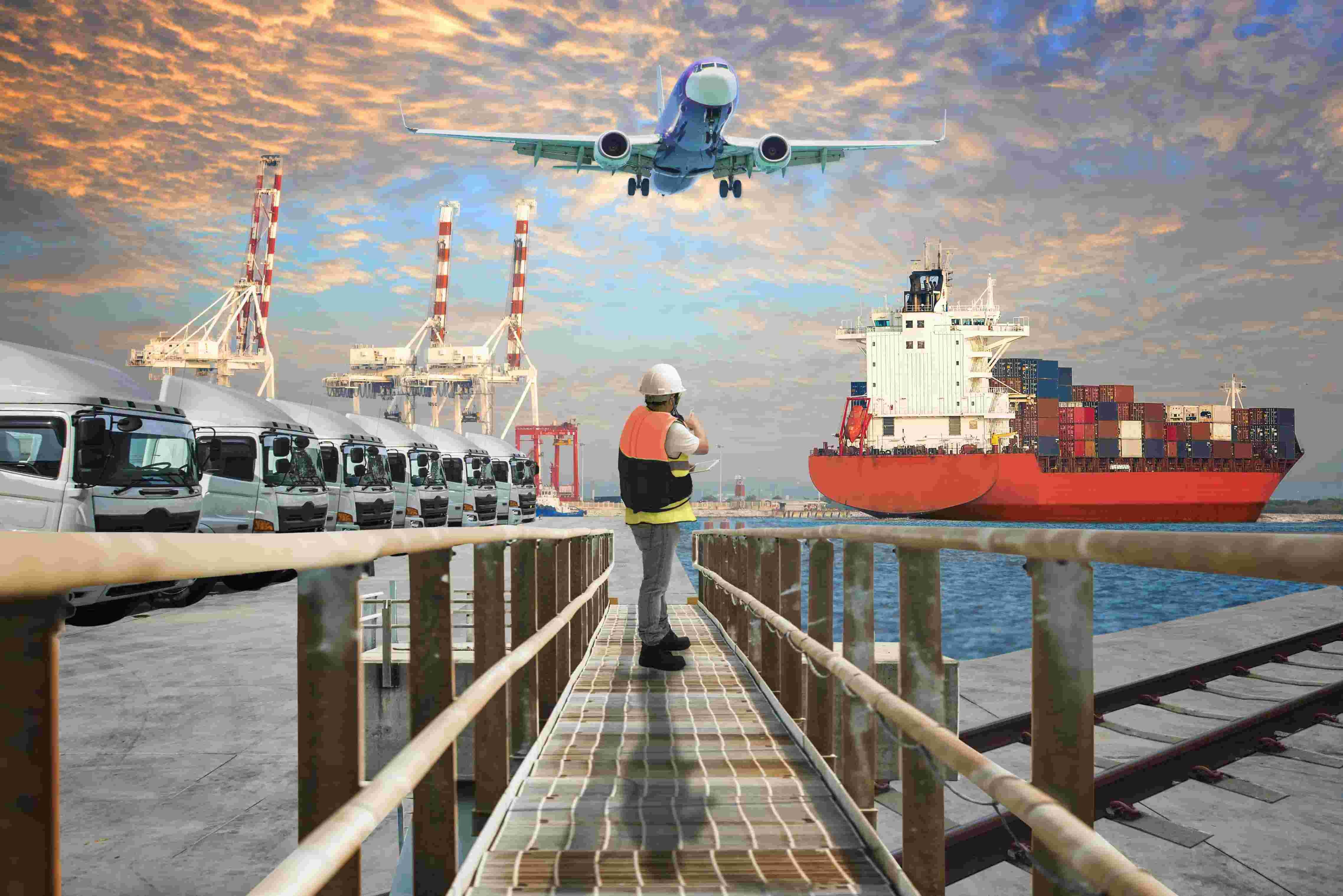
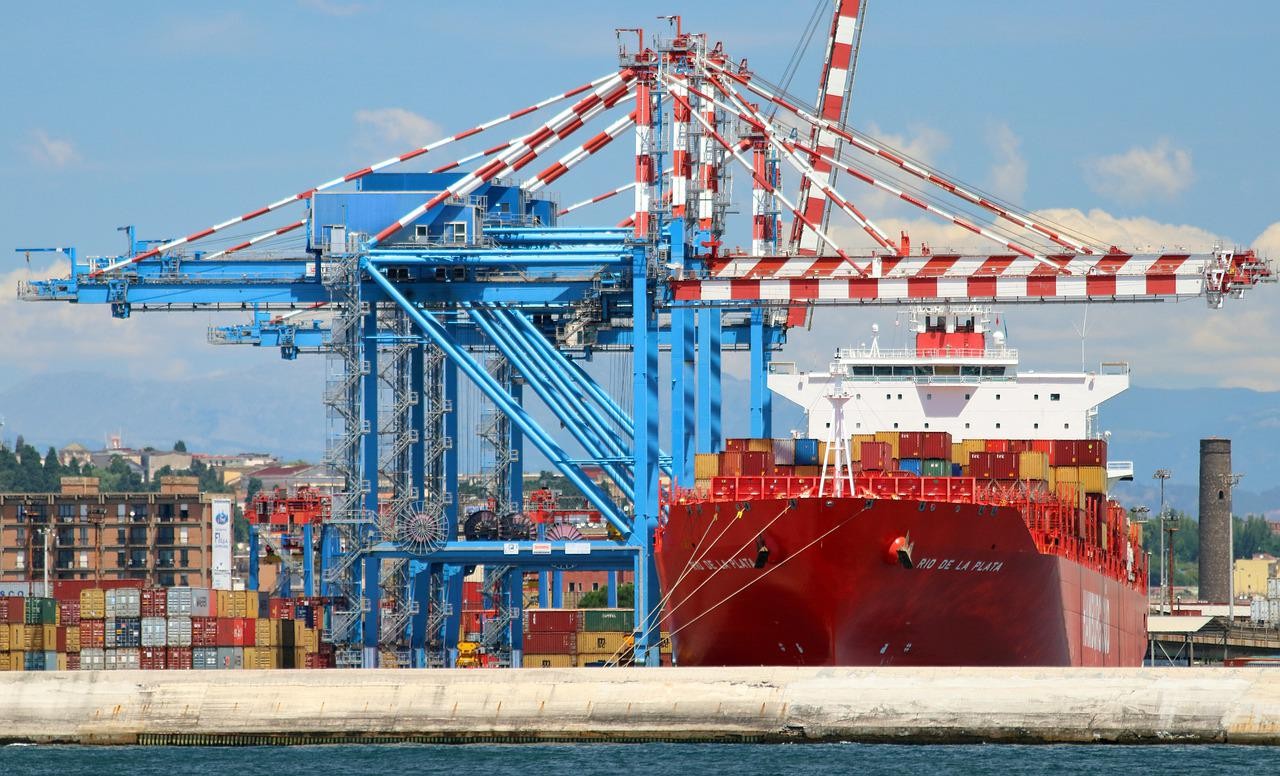

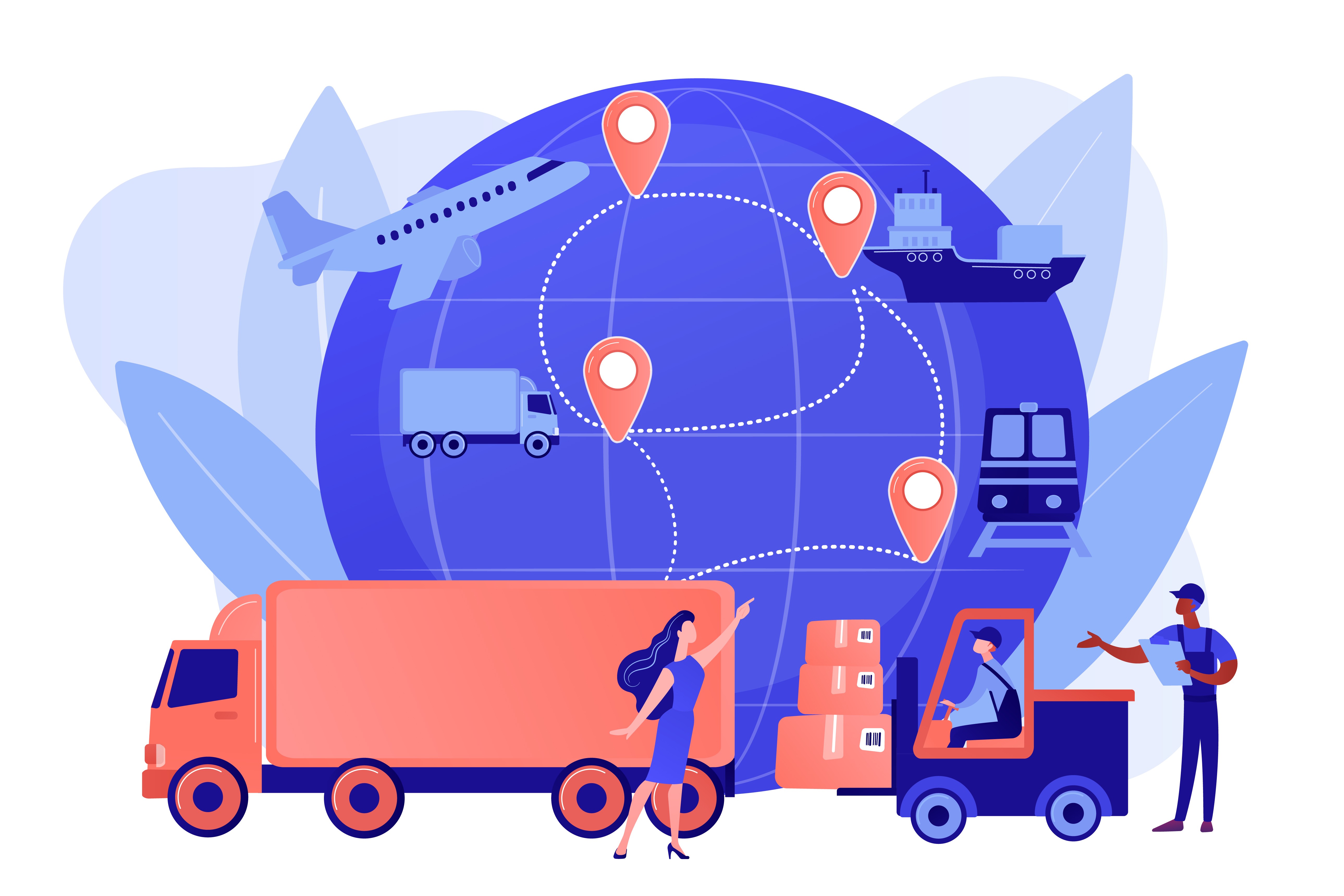
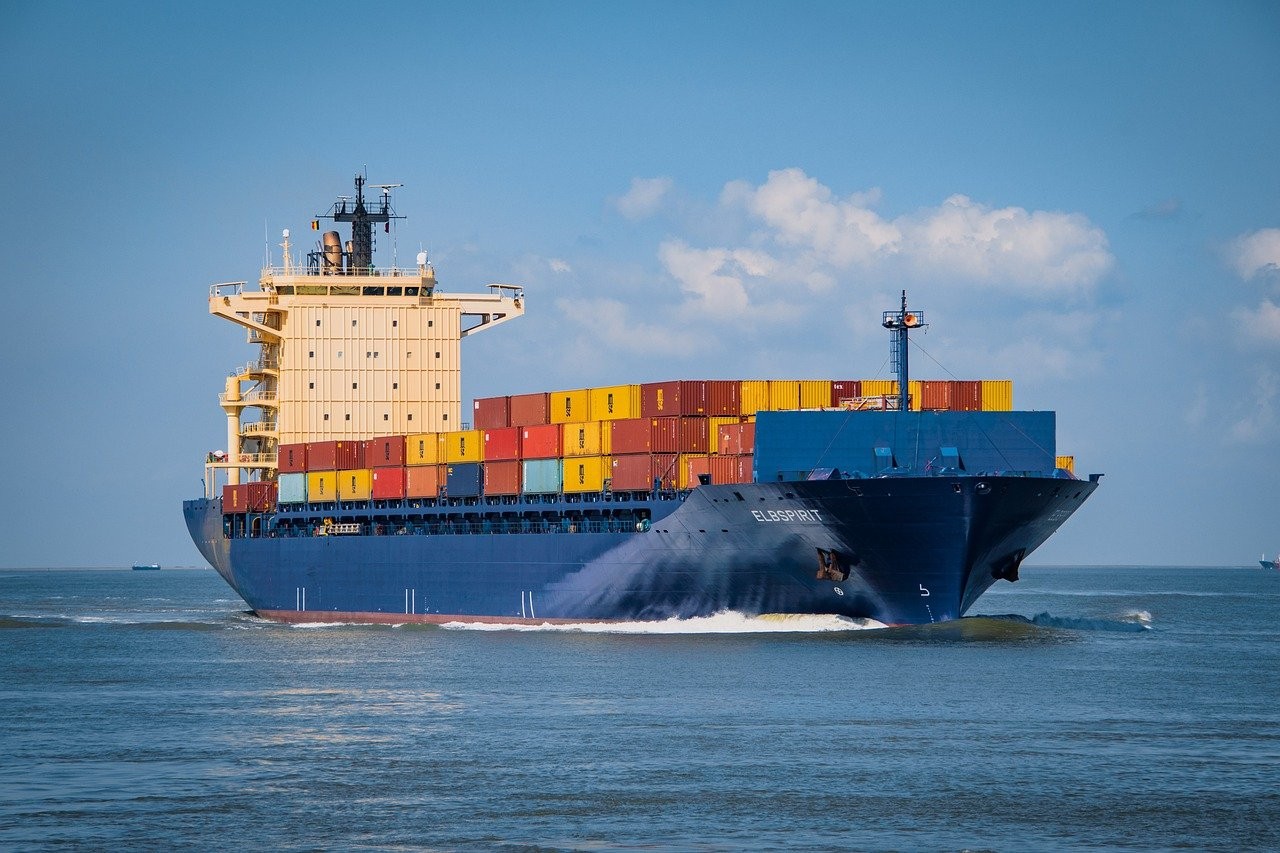
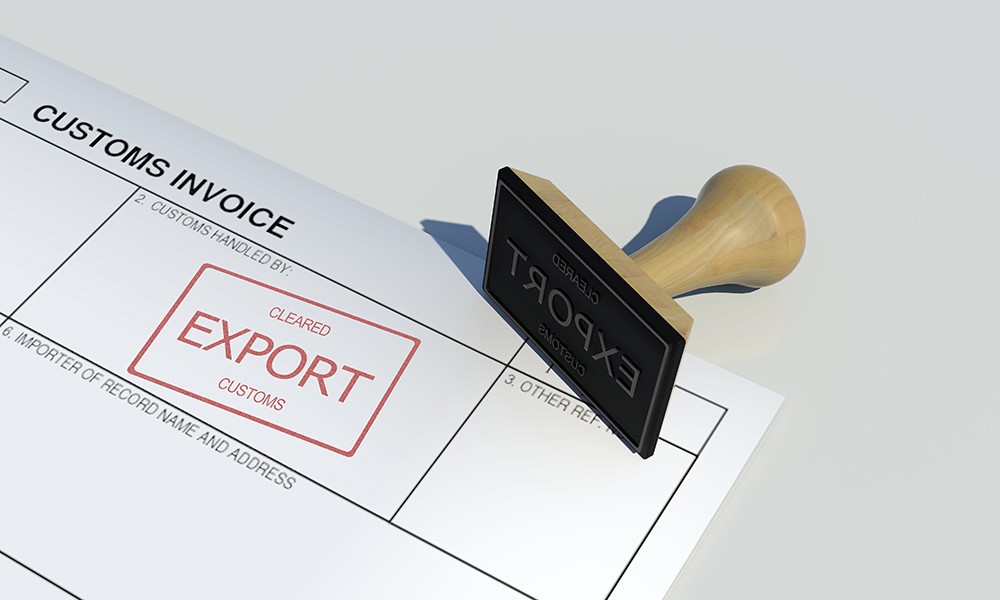
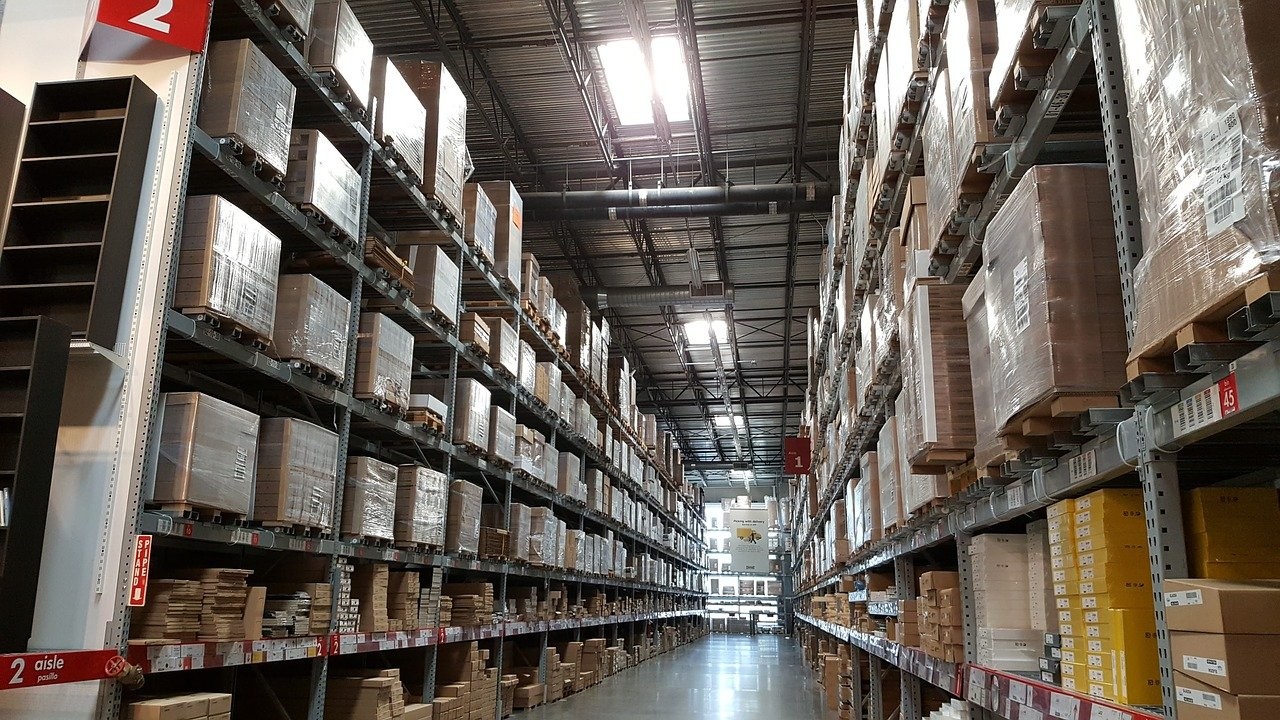
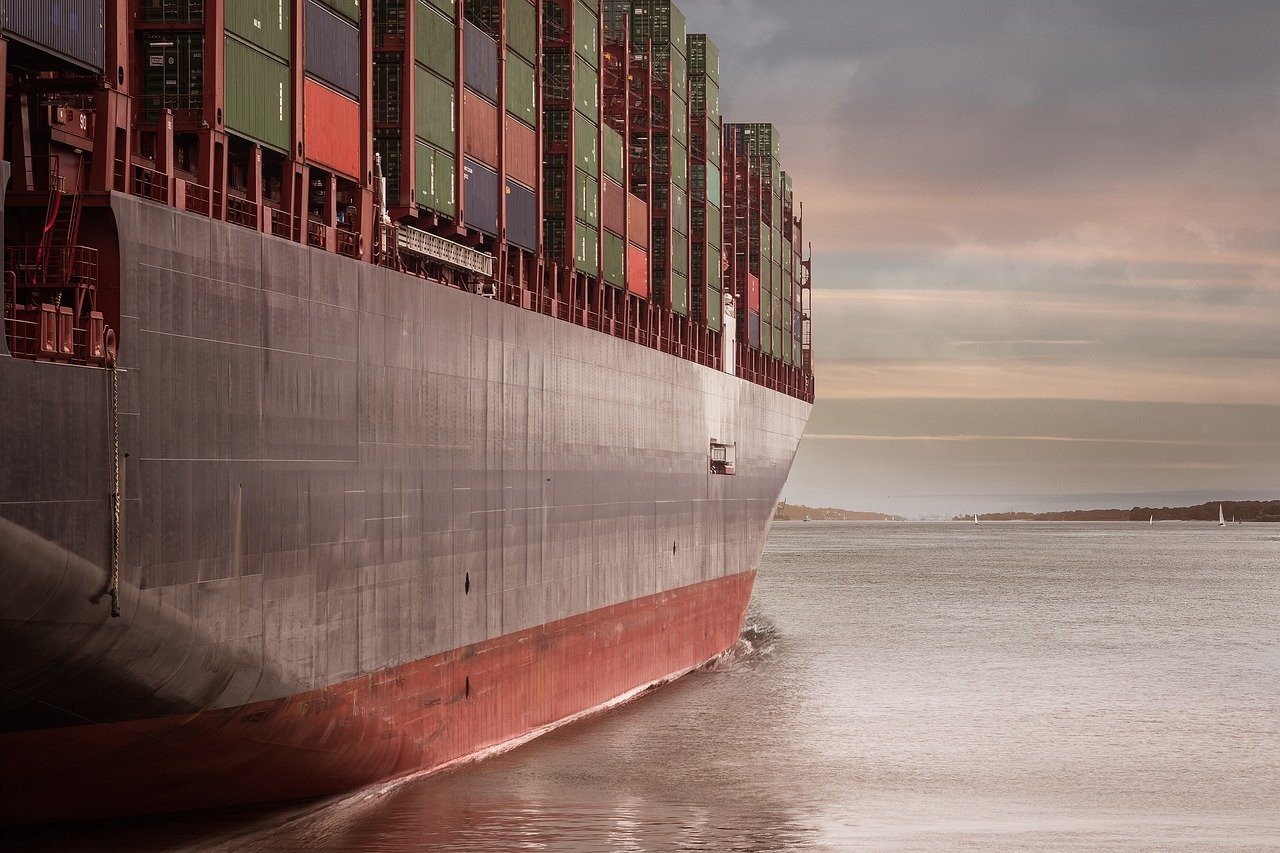
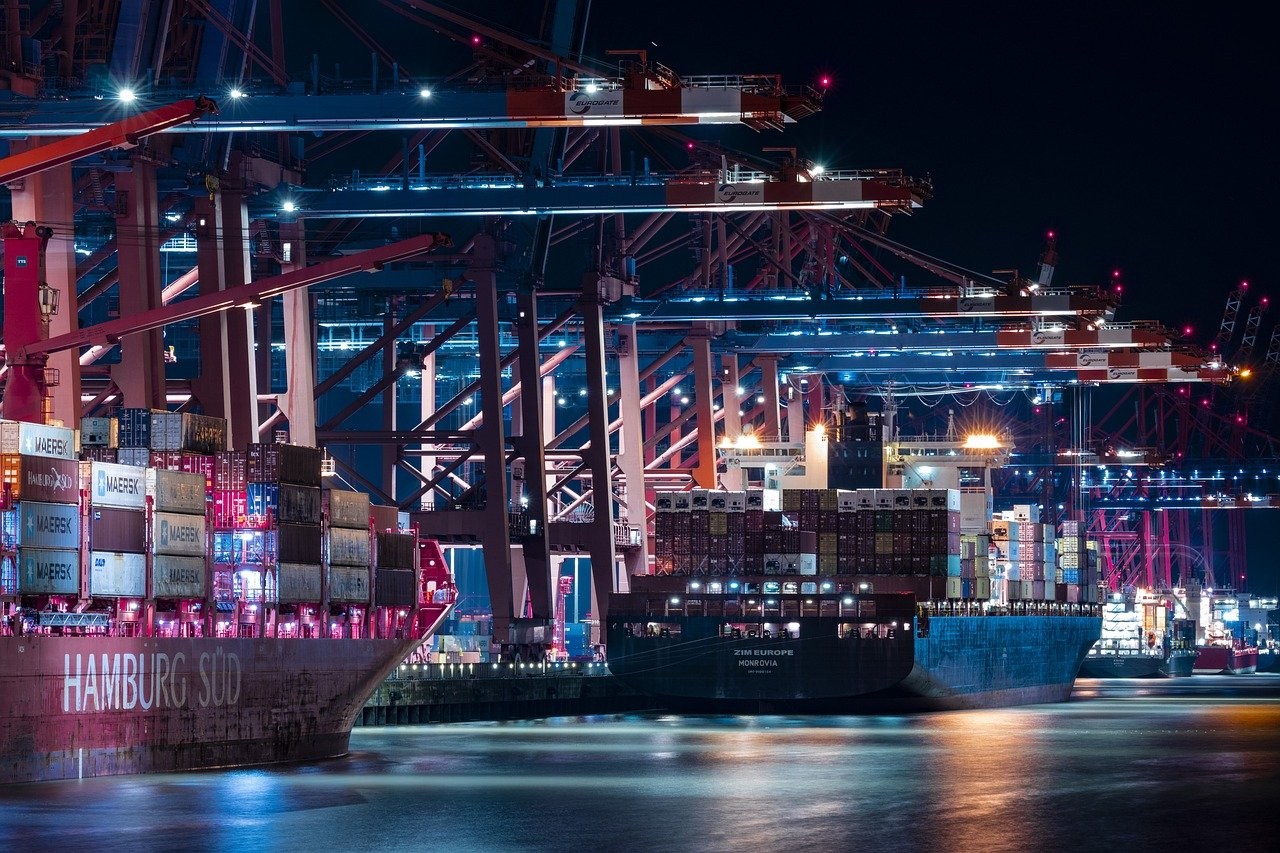
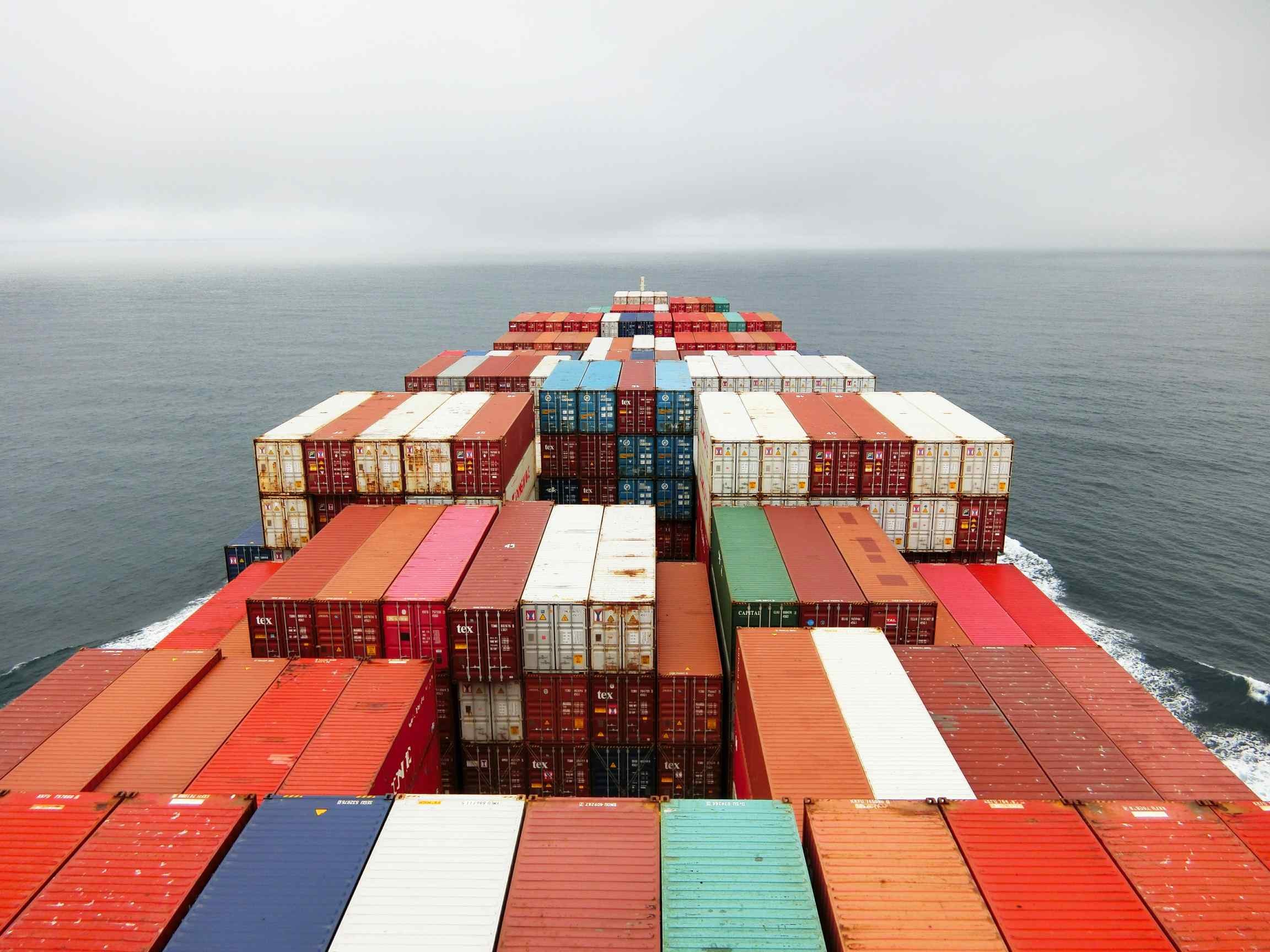
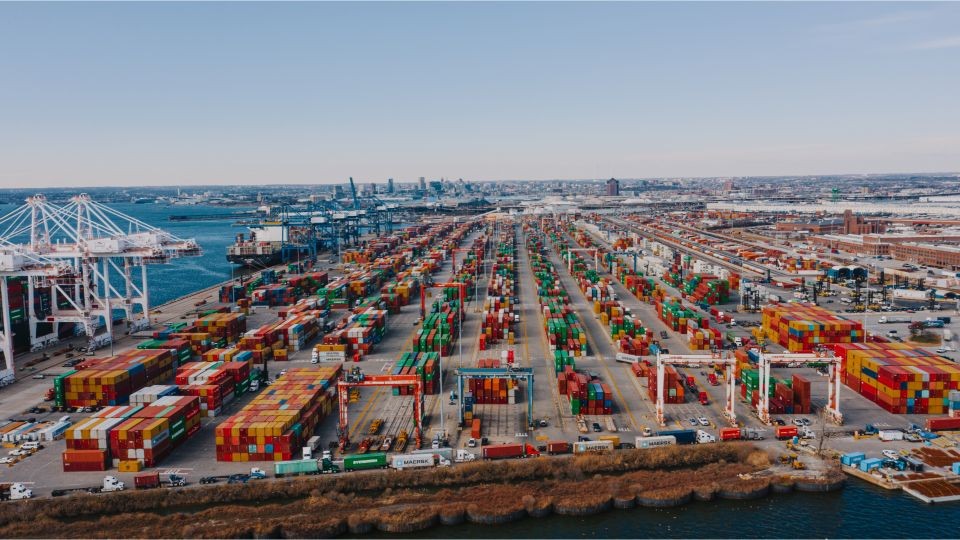

.png)